A Guide to Competitor Analysis
Mastering Market Definition and Key Benefits for Competitive Positioning
Defining your market and identifying the key benefits that matter to customers are foundational steps in building a competitive strategy. Knowing where your product or service fits ensures clarity about your audience and competitors, while understanding customer benefits—both functional and emotional—reveals opportunities for differentiation.
Who Are Your Competitors, and How Do You Compare?
Understanding your competitive landscape is key to positioning your product effectively. By analyzing perceived price and benefits, you can uncover strategic opportunities and differentiate your offering. Learn how Tesla and GreenClean navigate their markets with actionable insights into pricing and benefits. Explore the method and enhance your competitive edge!
What are the trends influencing your market?
Understanding market trends is key to shaping your business strategy. By identifying trends as accelerators or brakes, you can align your goals with opportunities while mitigating risks. Learn how Tesla leverages trends like electric vehicle adoption and sustainability regulations to drive growth. Explore actionable methods to integrate trends into your strategic context and goal-setting.
Defining Your Goals: Turning Insights into Actionable Revenue Targets
Turn your market insights into actionable revenue goals with the Marketing Canvas process. Learn how to use the revenue formula—customers, transactions, and average price per transaction—to set clear, data-driven targets. Align your goals with market opportunities, competitor positioning, and emerging trends to create a strategy that delivers growth. Discover actionable examples and frameworks to guide your approach.
The Intersection of Growth Curve and Experience Curve: A Strategic Framework for Market Positioning
Understanding where your market stands and how your offerings align with customer expectations is critical to success. By merging the Growth Curve—which tracks a market's lifecycle through stages like Introduction, Growth, Maturity, and Decline—with the Experience Curve, you gain a clear roadmap for creating value.
Why Sustainability should be at the heart of every Marketing Strategy?
In today’s business landscape, sustainability is no longer optional—it’s essential. Companies like Patagonia and Unilever have embedded sustainability into their core strategies, responding to consumer demand for ethical practices and building lasting loyalty. By using frameworks like the Marketing Canvas, brands can seamlessly integrate sustainability into every aspect of their marketing strategies, balancing profit with environmental stewardship.
Podcast on the Marketing Canvas Method (generated by NotebookLM)
Beyond the 4Ps: The Marketing Canvas Approach and the Power of Understanding Customer Aspirations
Quick Assessment Guide
Happy to announce that a one-pager quick assessment guide is now available for download. Sometimes before doing a full assessment which is really what the method is all about, some persons or companies might appreciate a first quick assessment for opening the discussion. Even though we are missing the nuances provided by the full version, it can be a nice conversation starter.
Thank you - Marketing Canvas Method
These last months, Marketing Canvas Method has seen an increase of traffic and downloaded of the method. This initiative I started few years ago has grown up and is now more and more appreciated by startups and marketing enthusiasts.
The community is growing months after months! I see also some citations or references in books. I was not thinking it could go so far.
A new milestone has been reached today with the delivery of a new production batch of the Marketing Canvas Cards.
I am currently working on improving the templates and also working on an online training offer.
All the material (except the cards) can be freely downloaded on the website under creative common licence.
Thank you!!!!
Marketing Canvas - Step 1 - Market Assessment
Marketing Canvas Master Class Introduction
Please find below the slide ware I use when starting my Marketing Master Class.
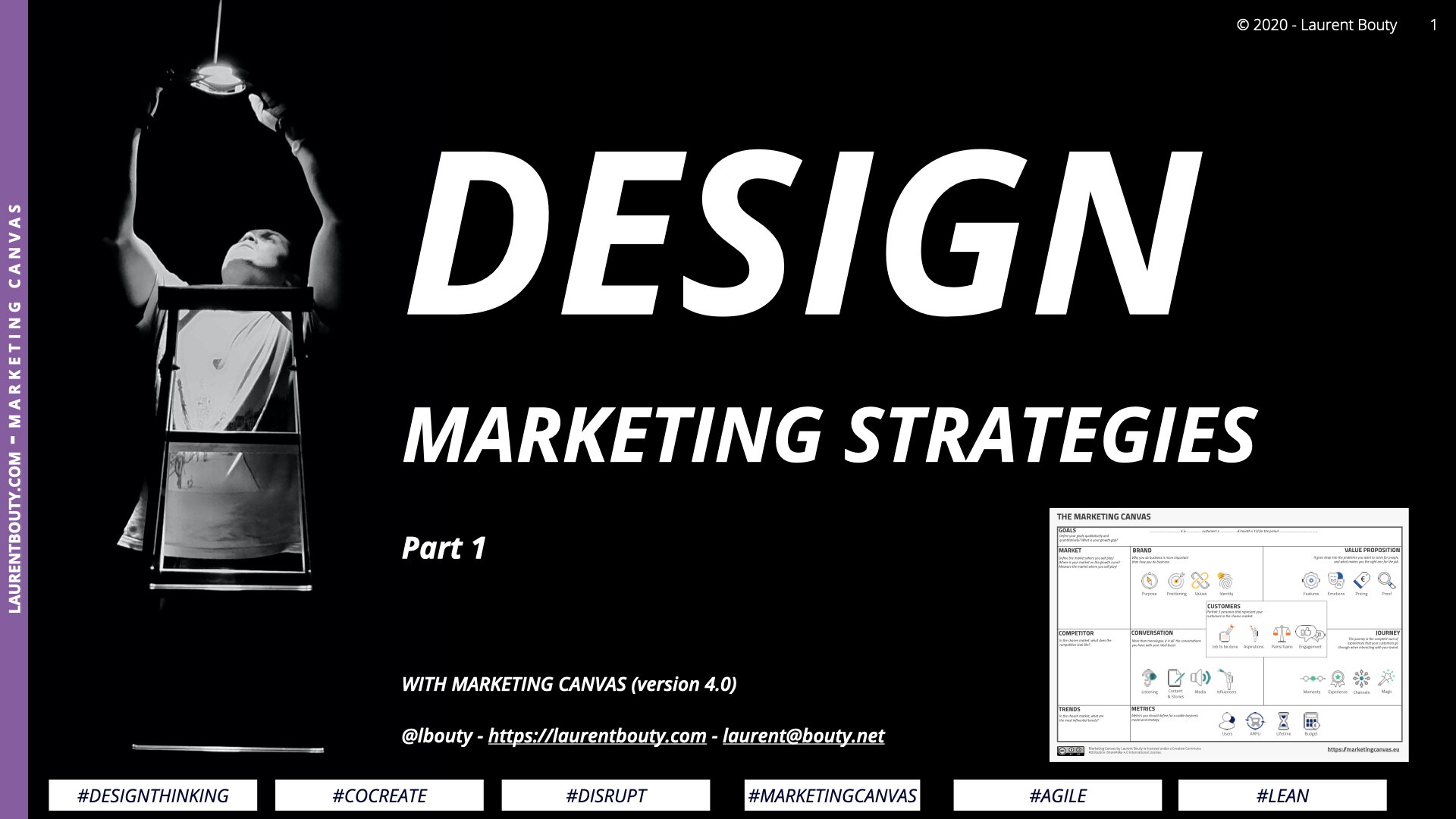
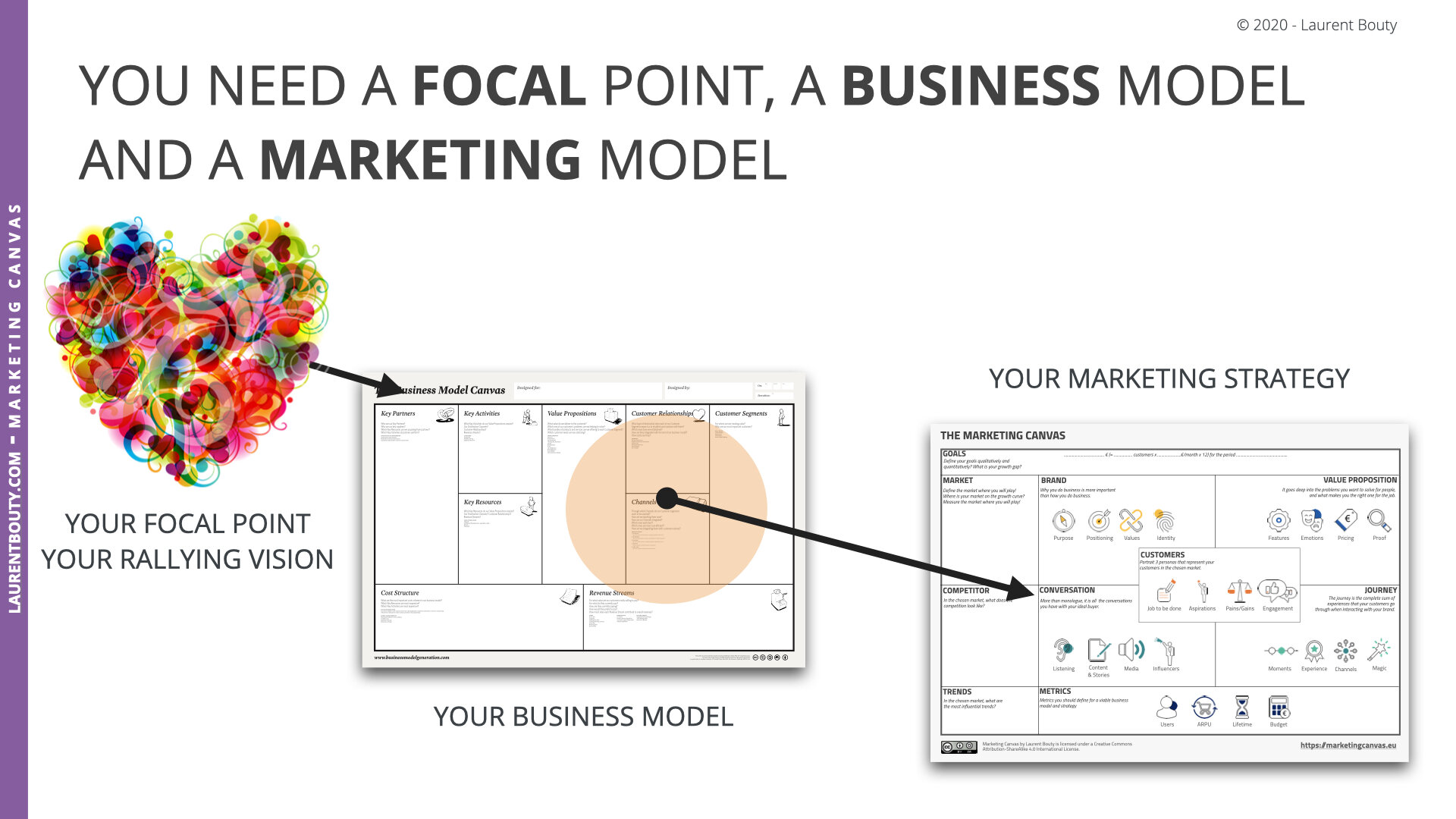


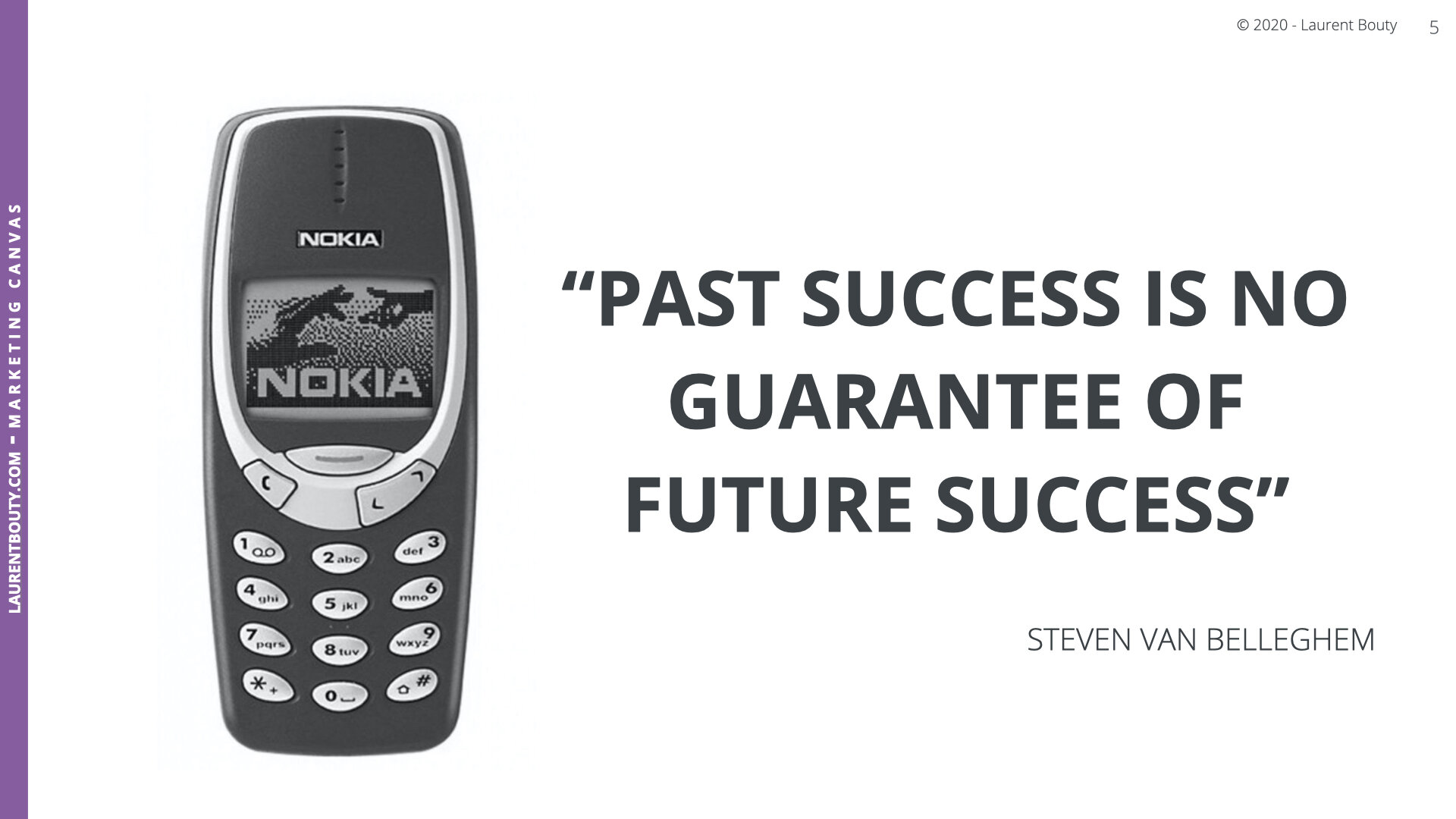
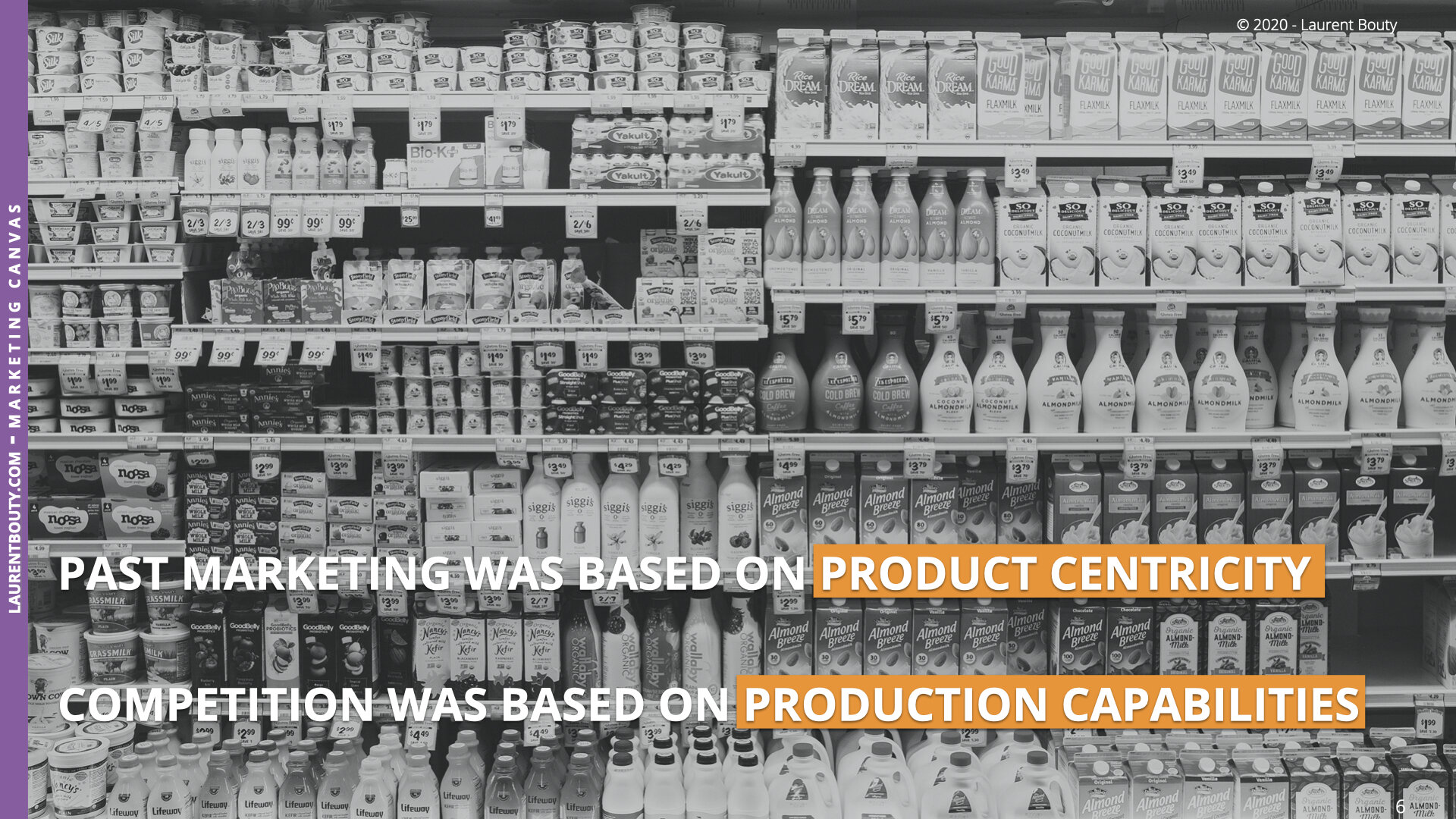



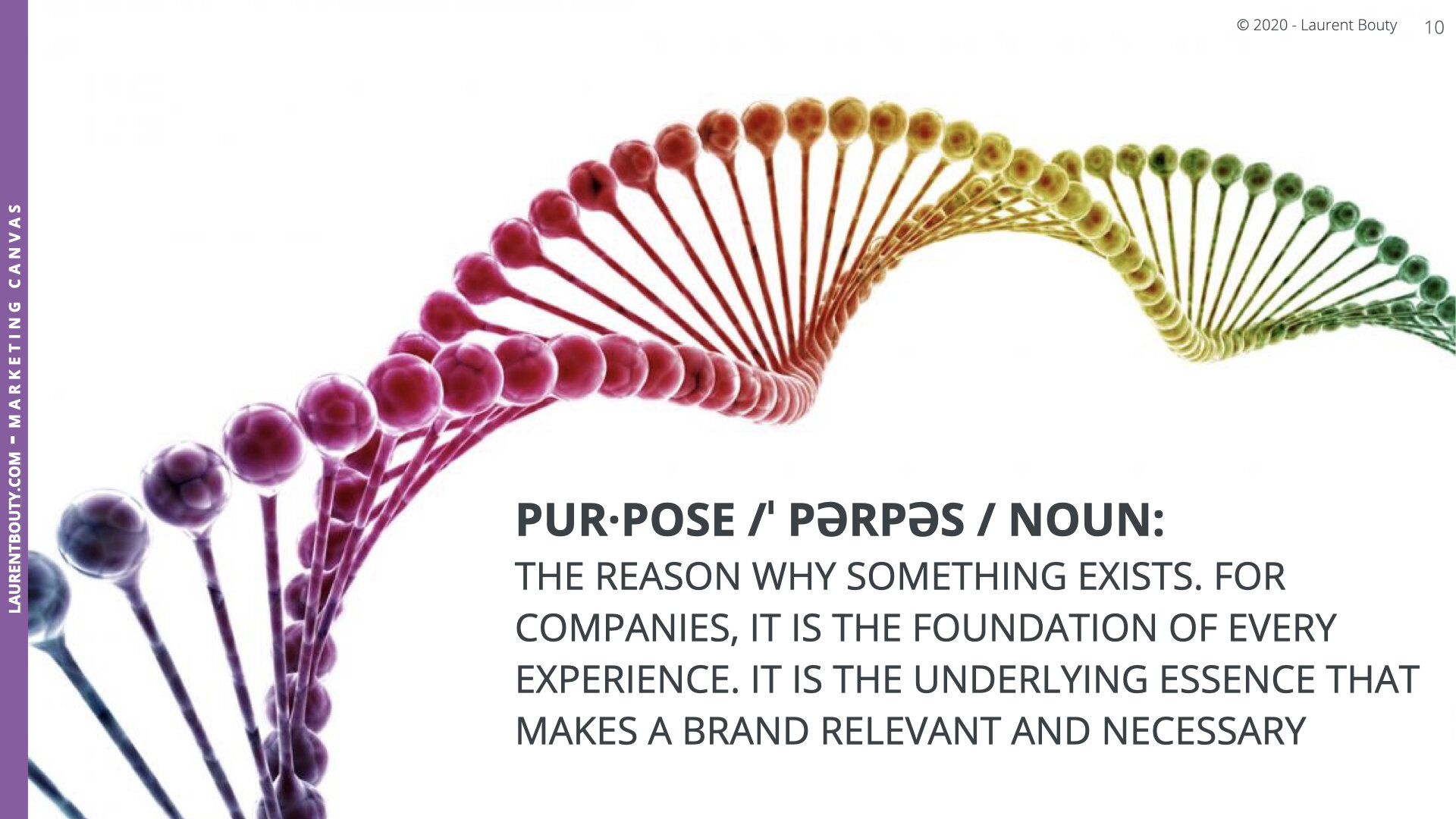


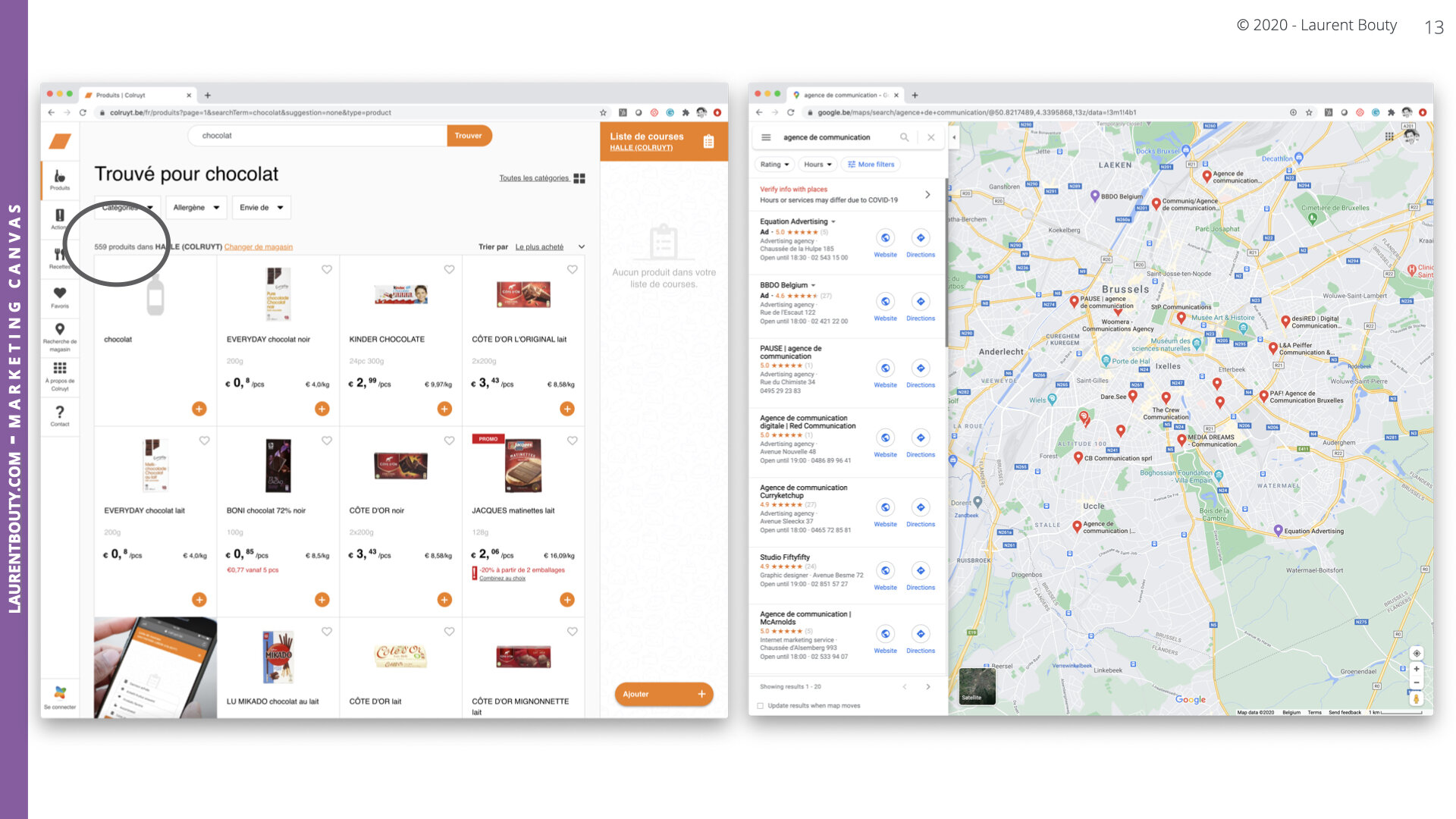



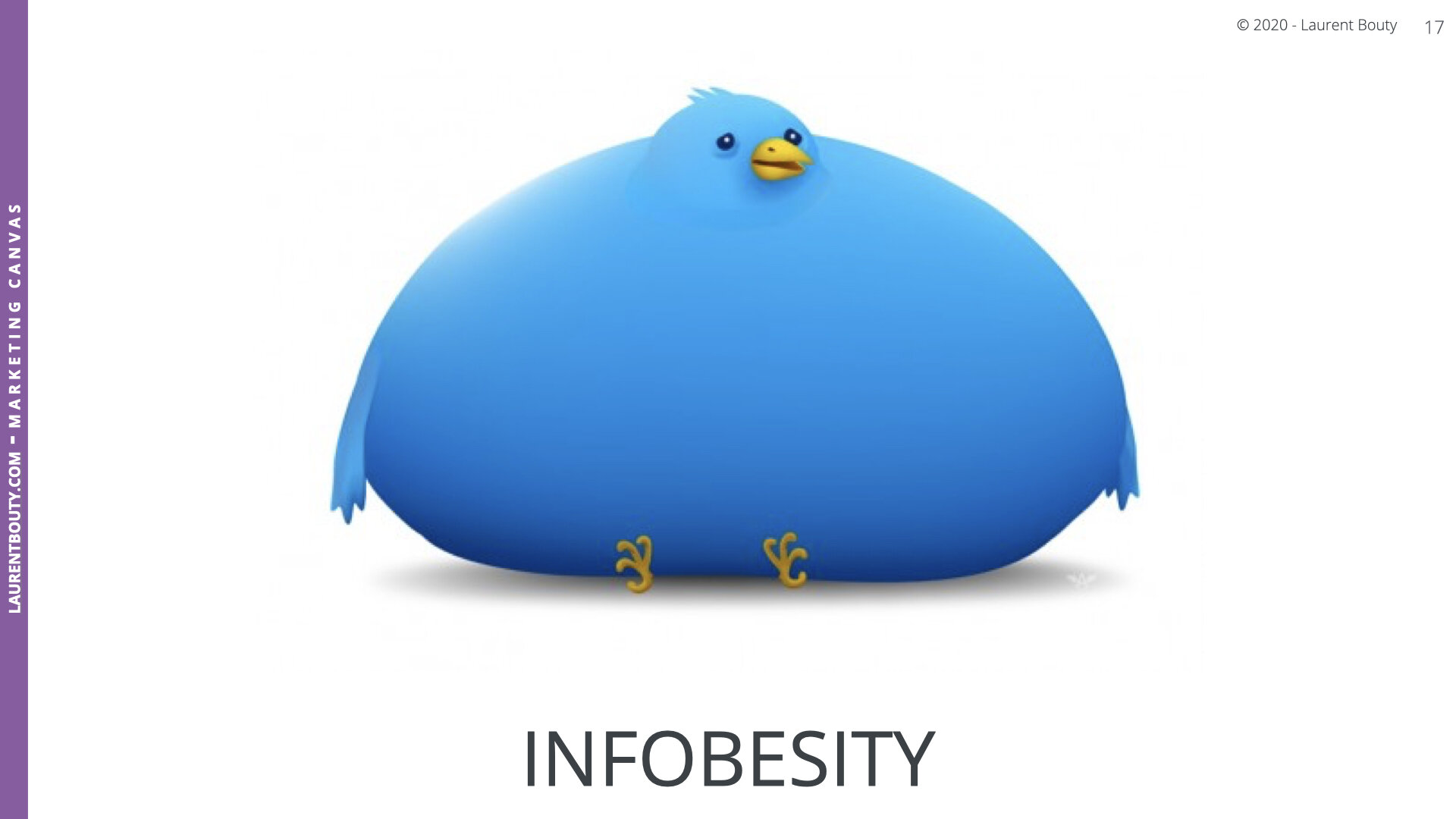
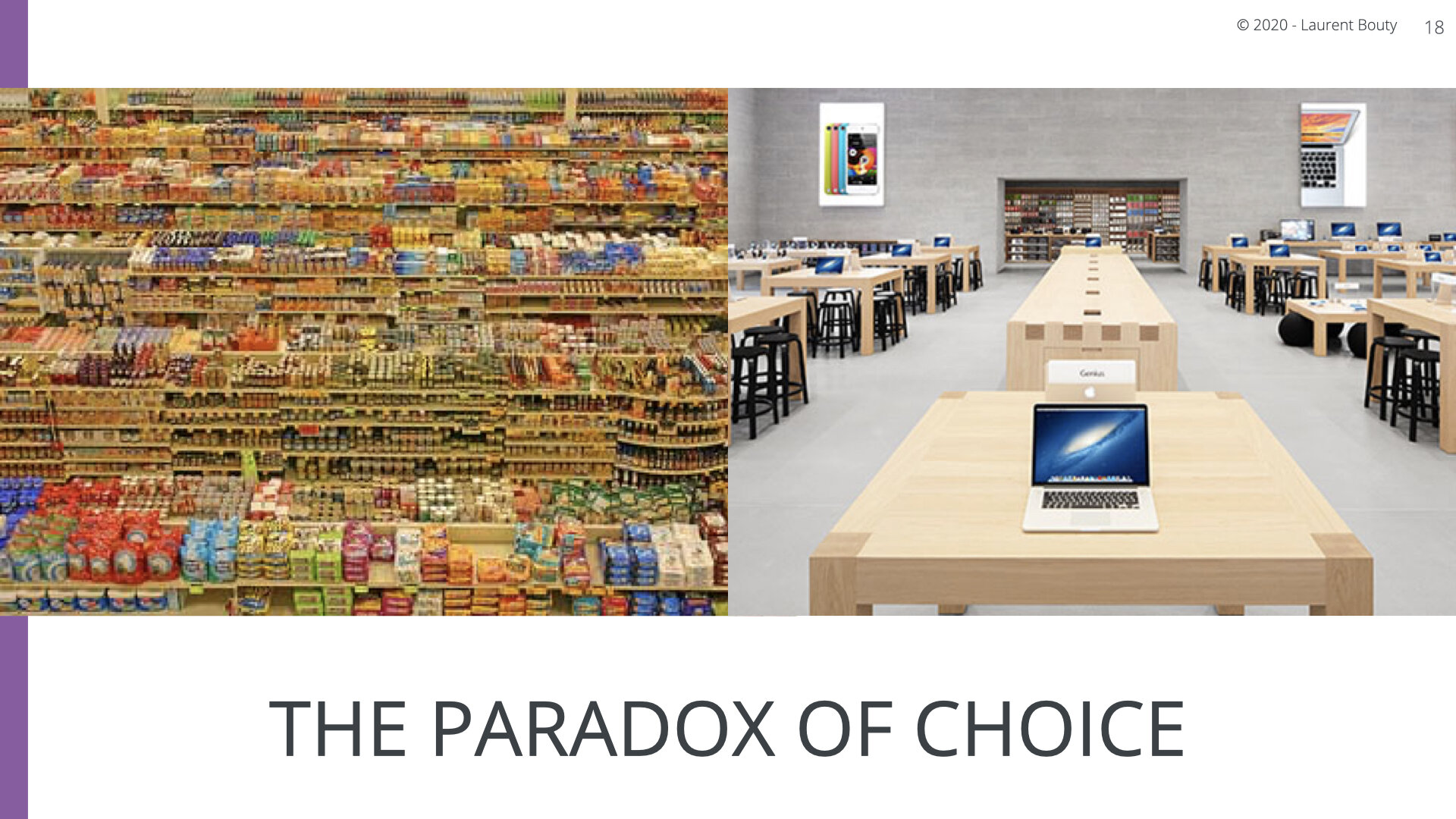
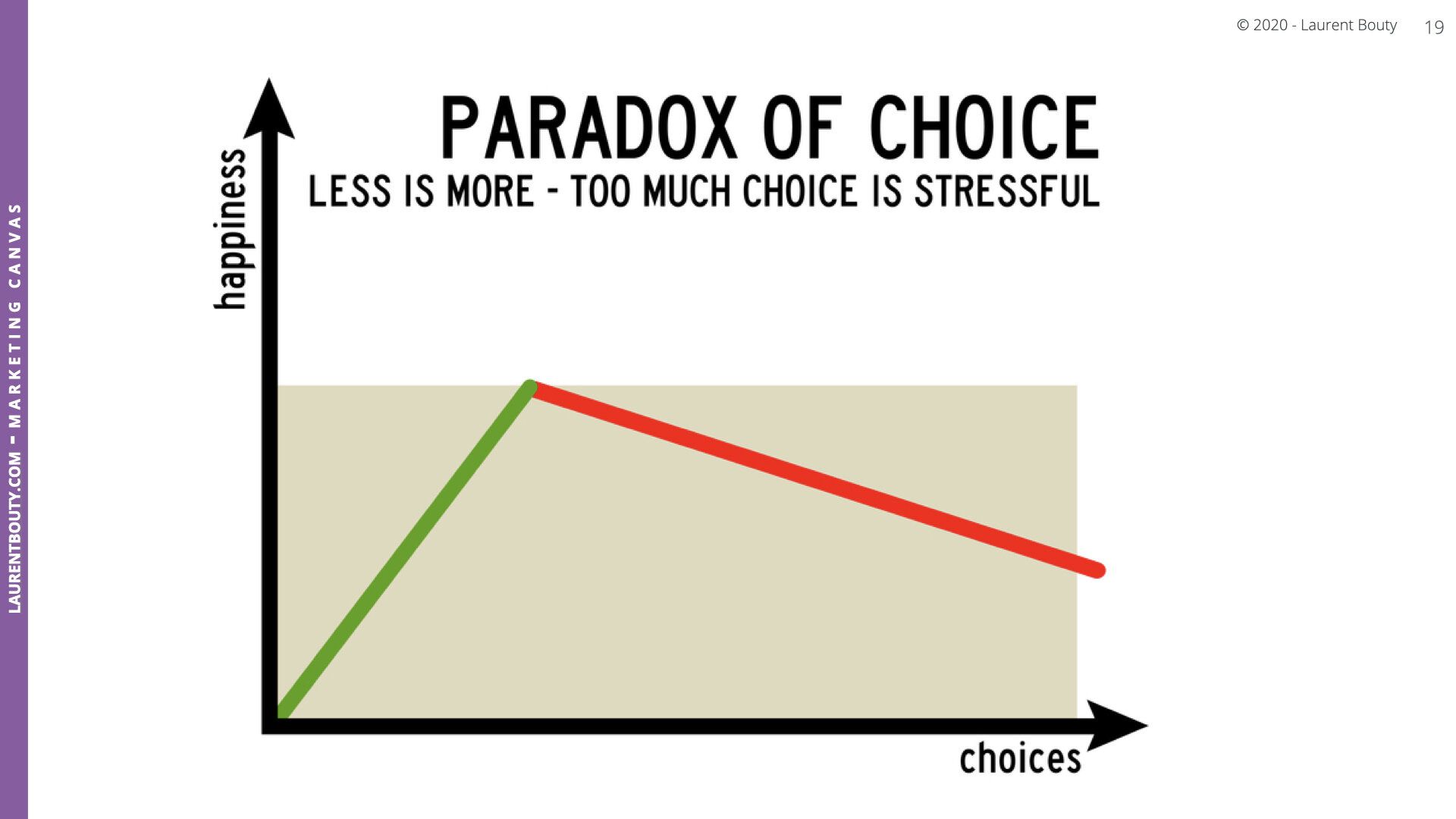

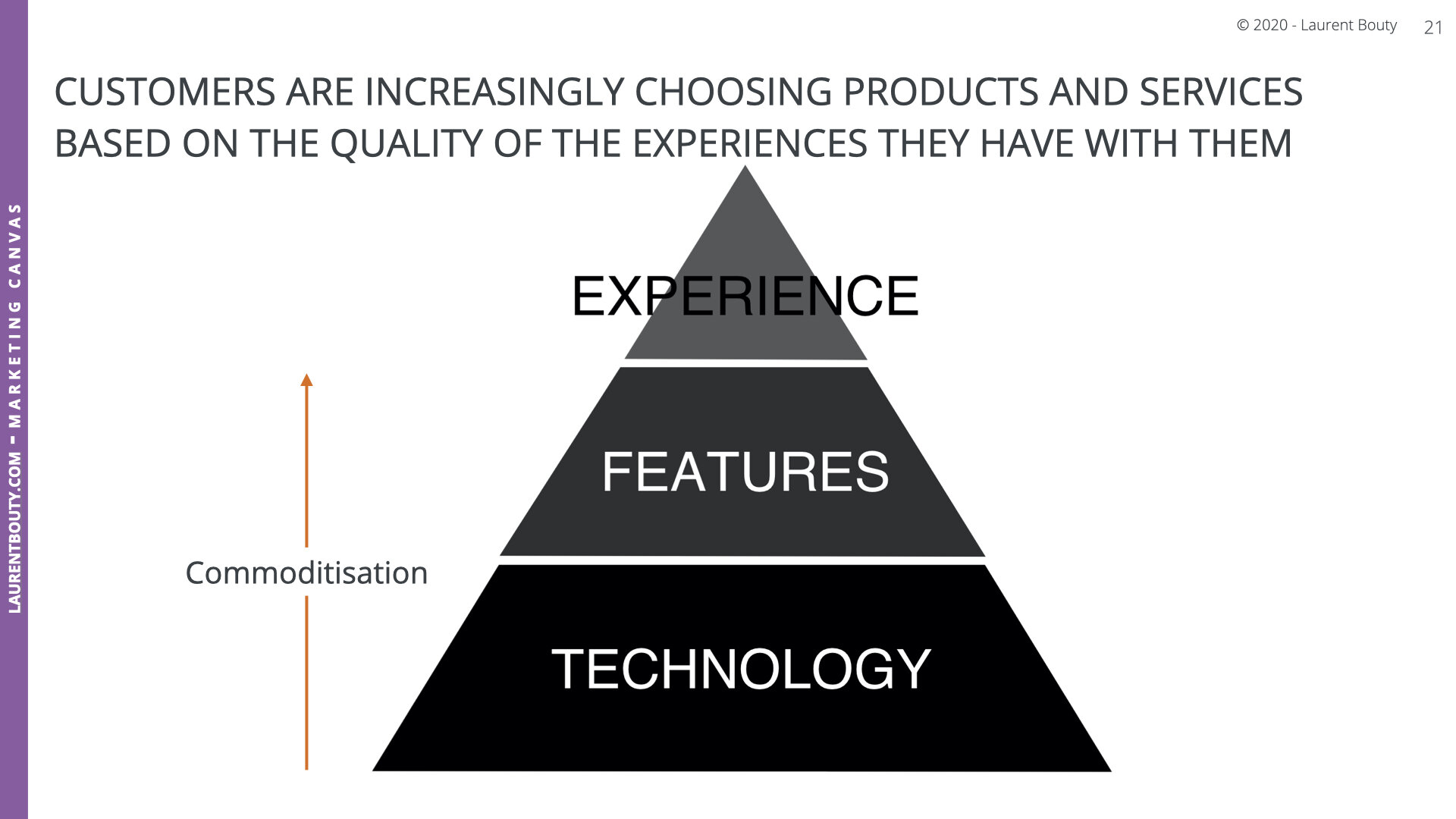
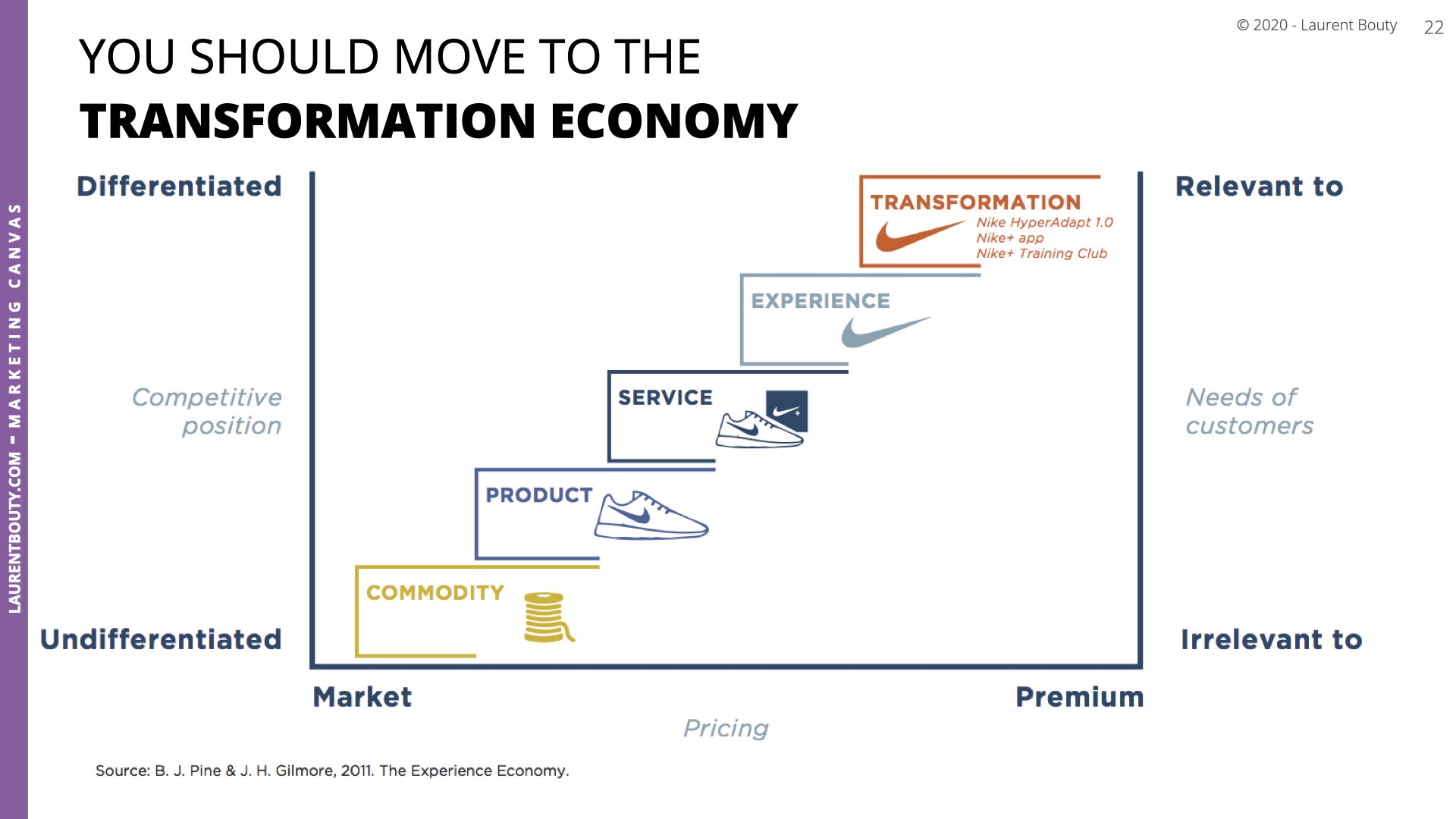
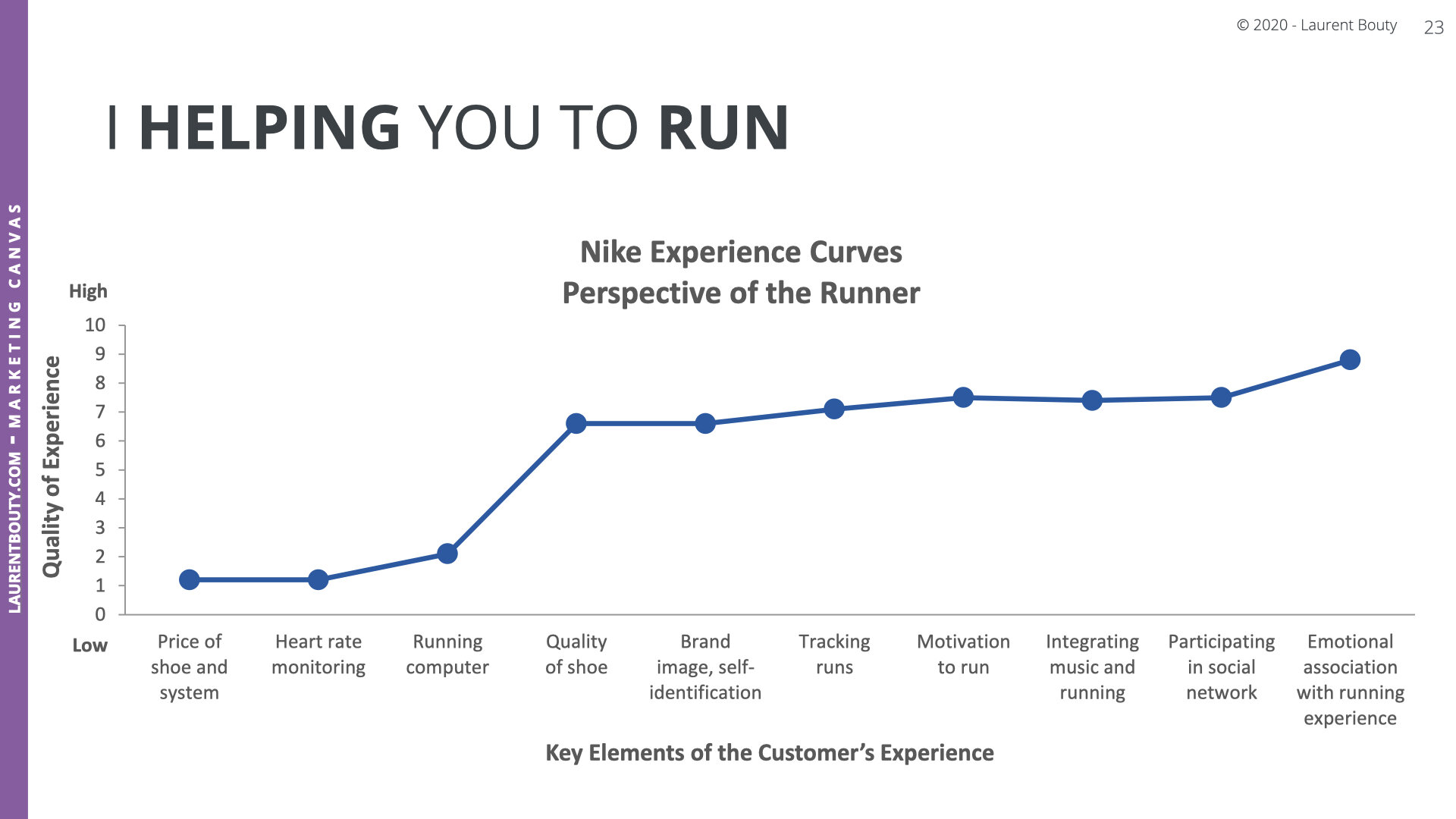
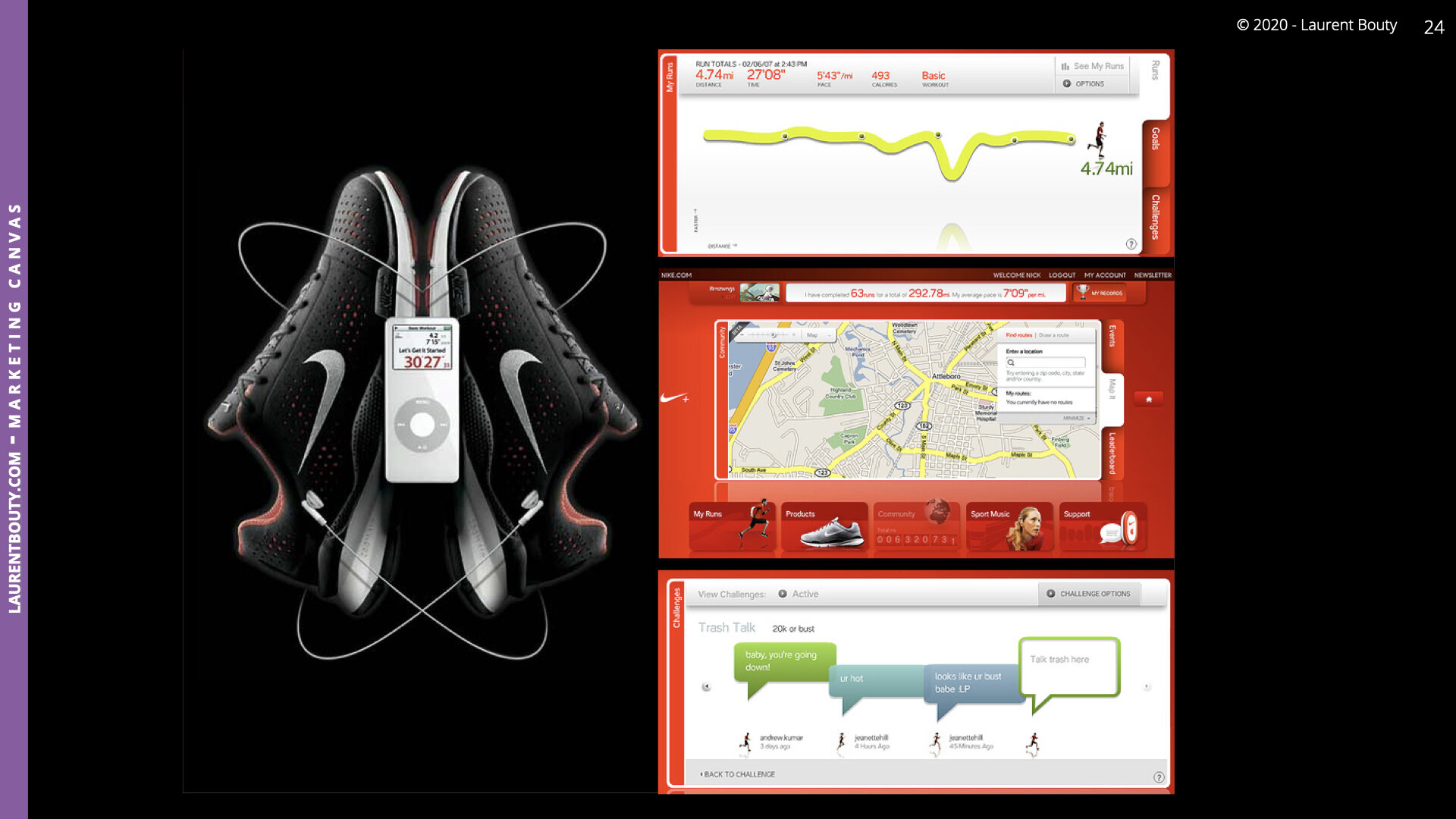
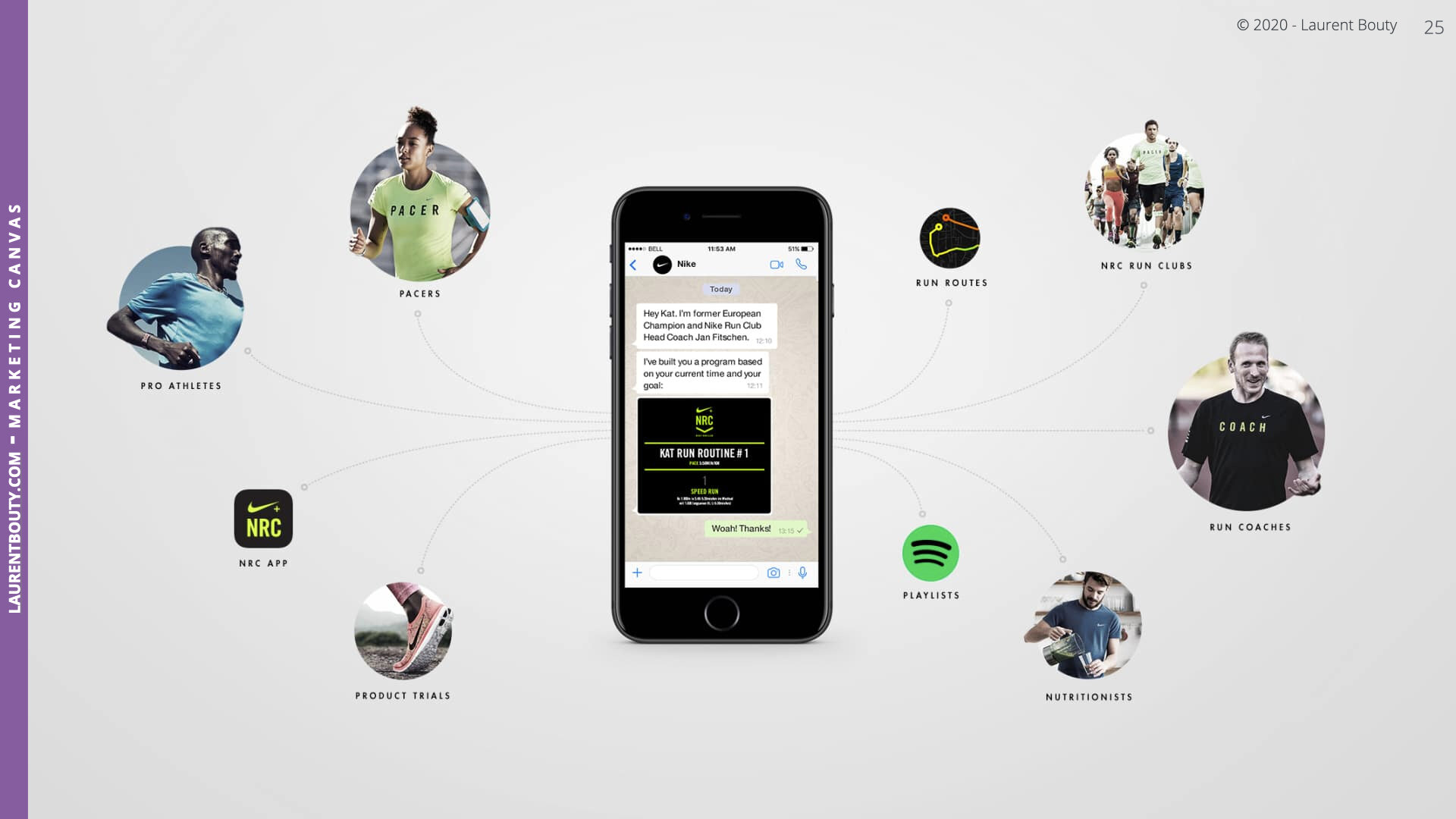






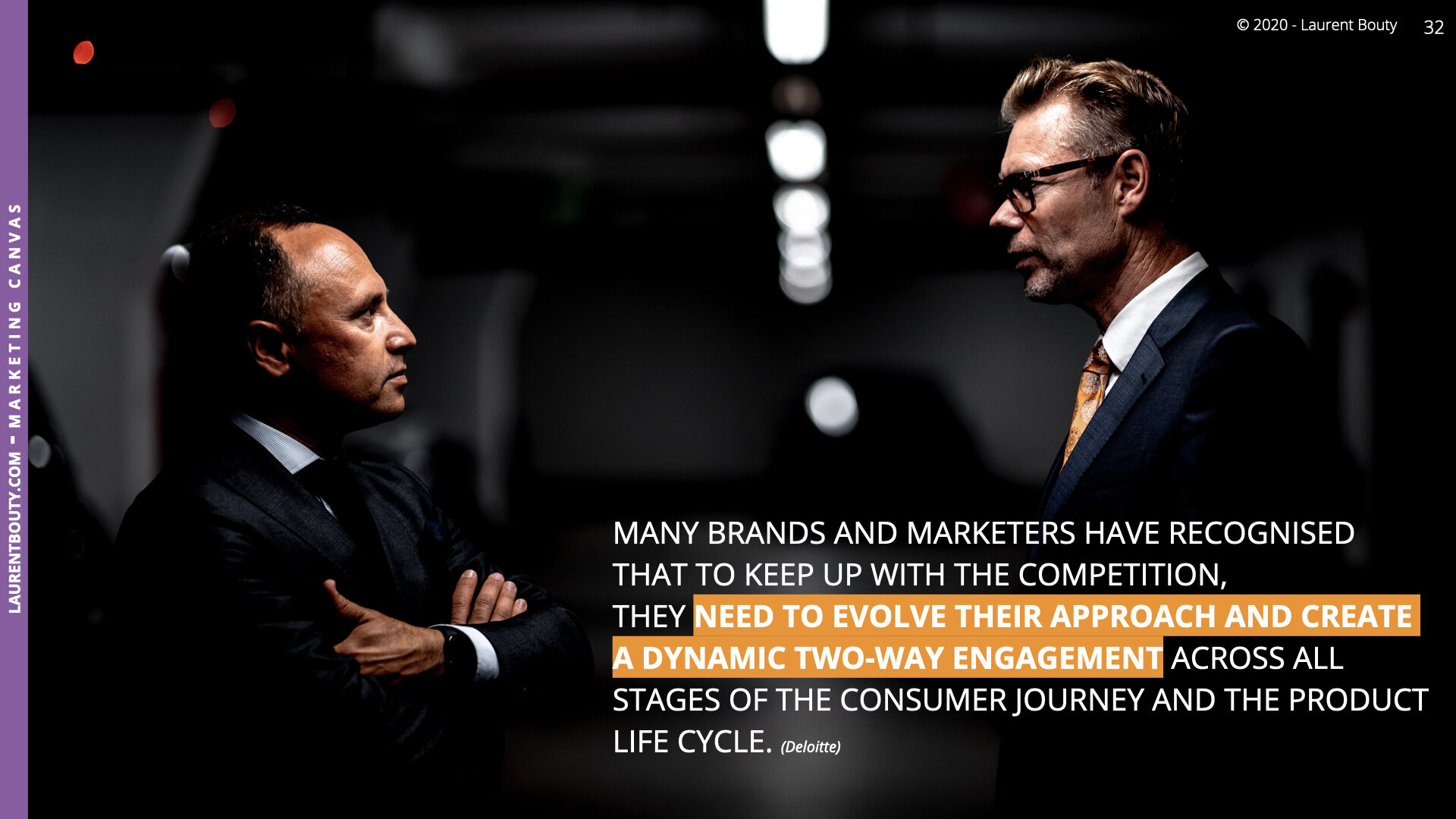
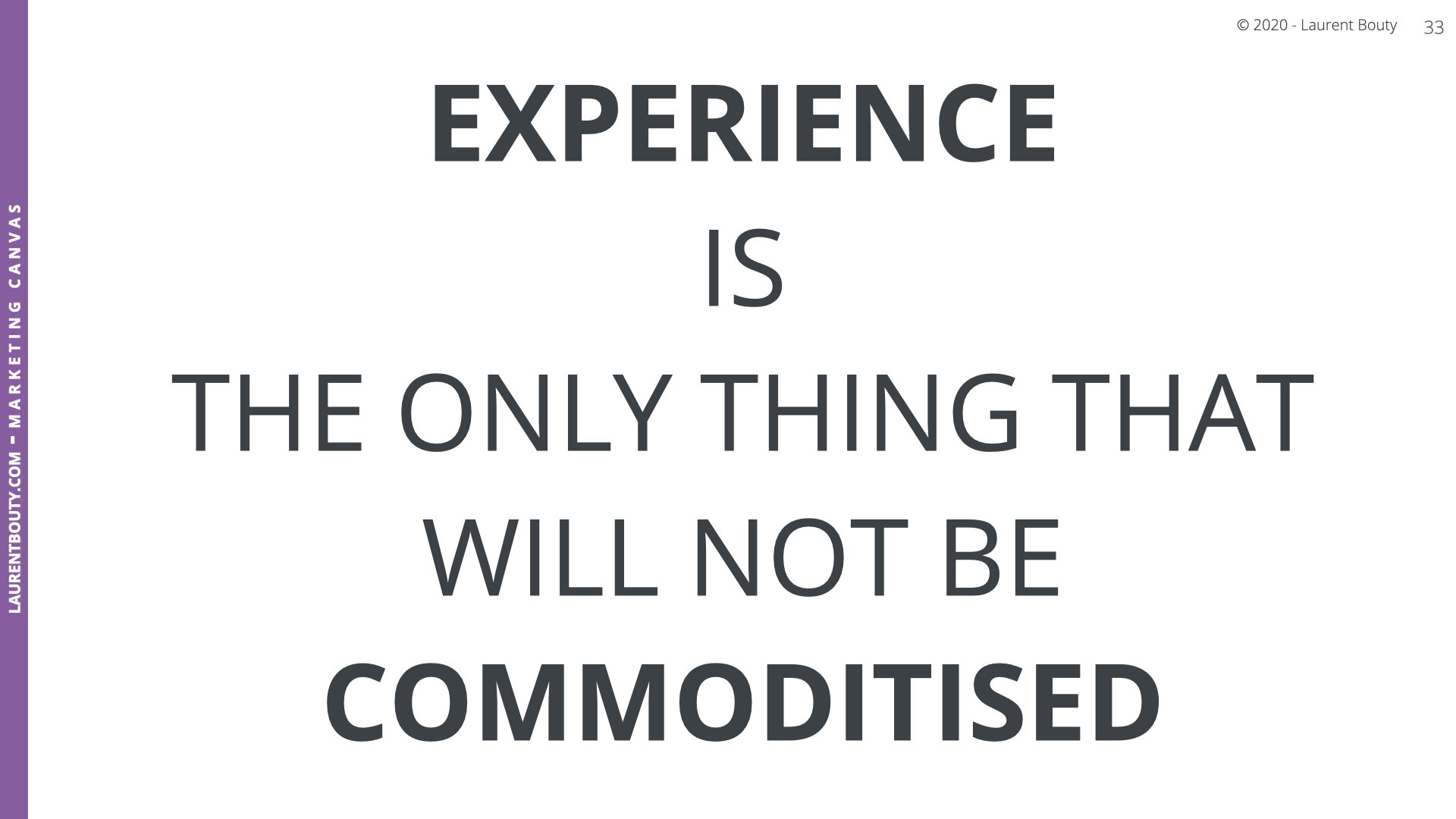


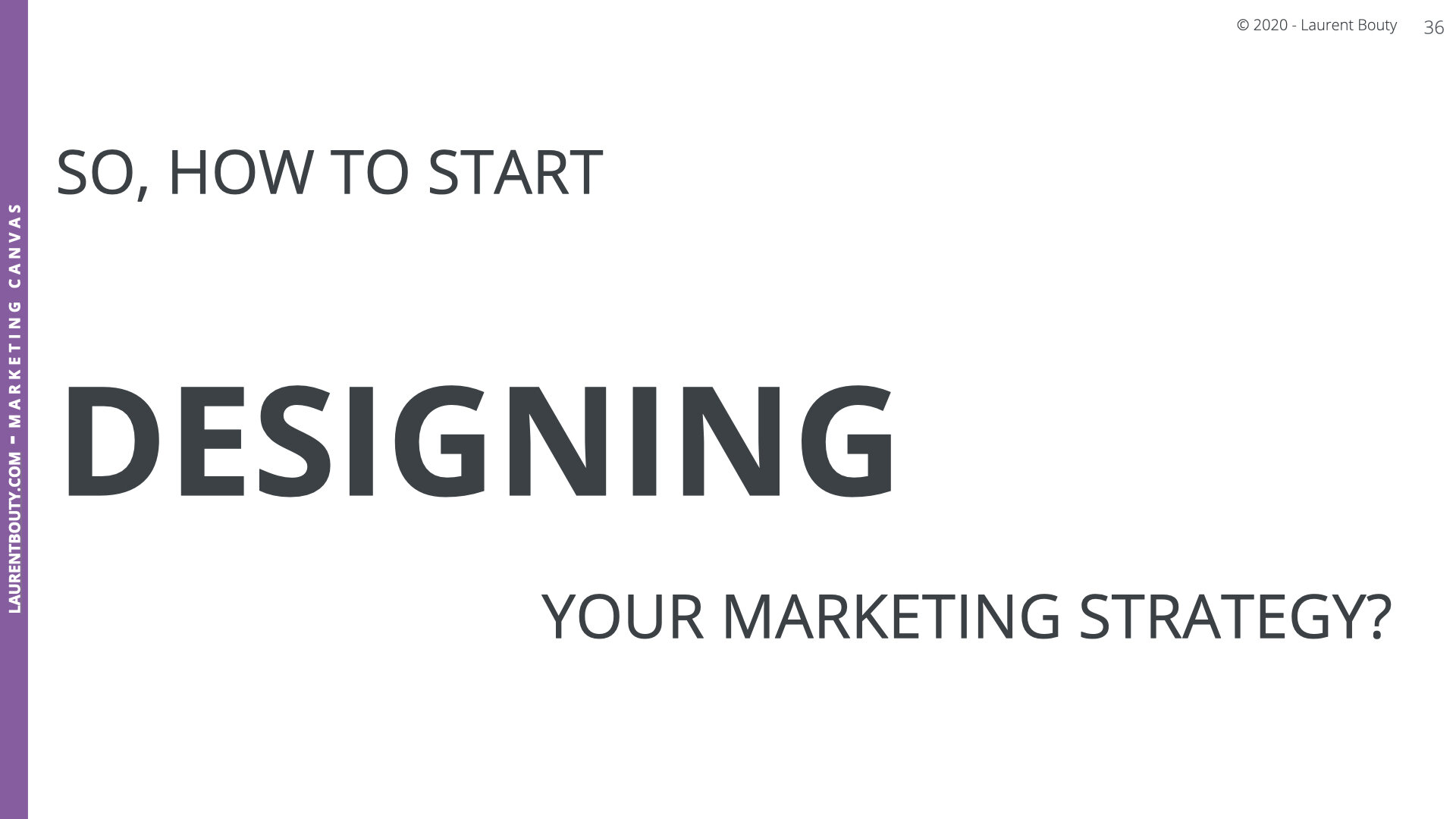

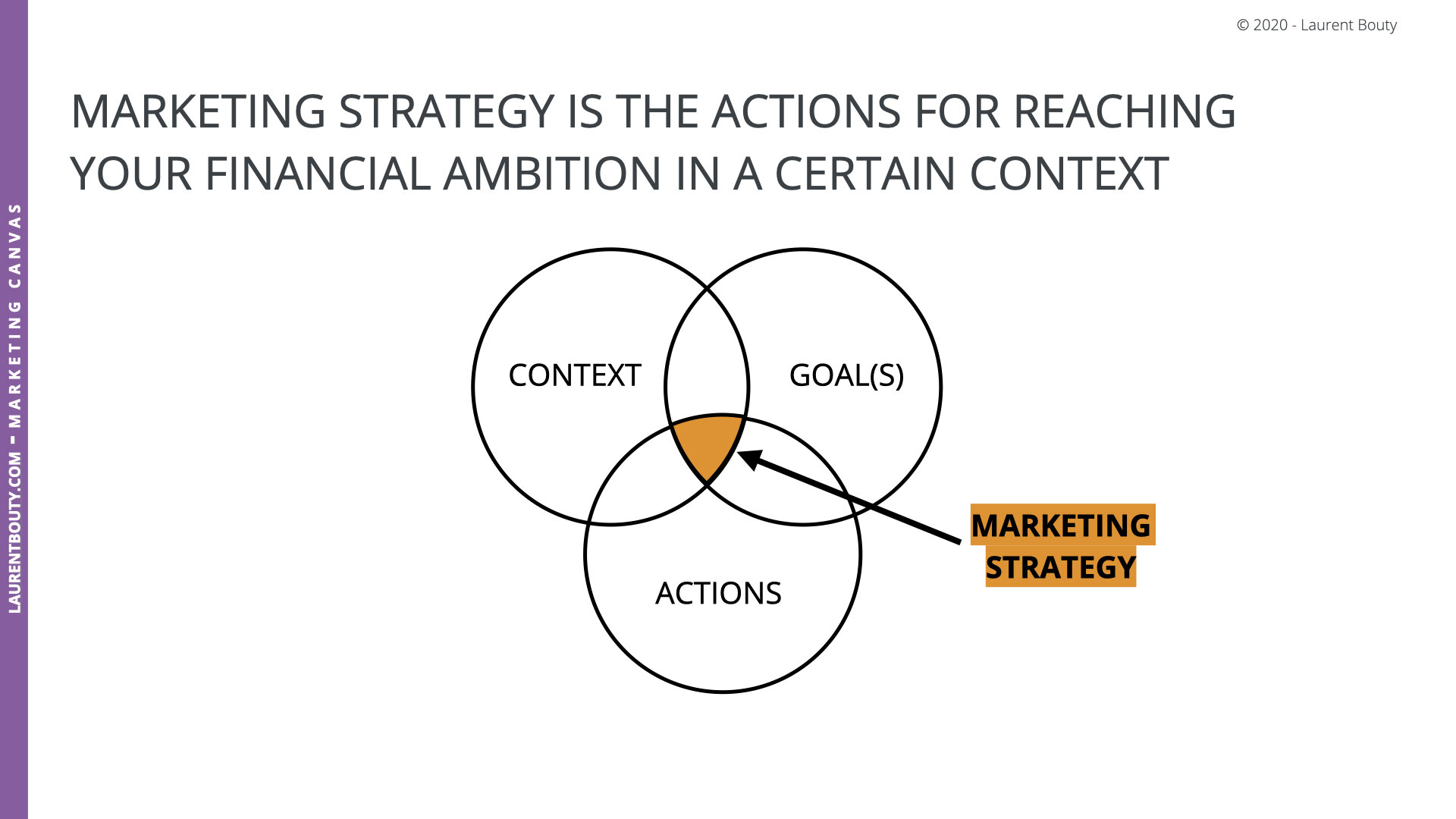
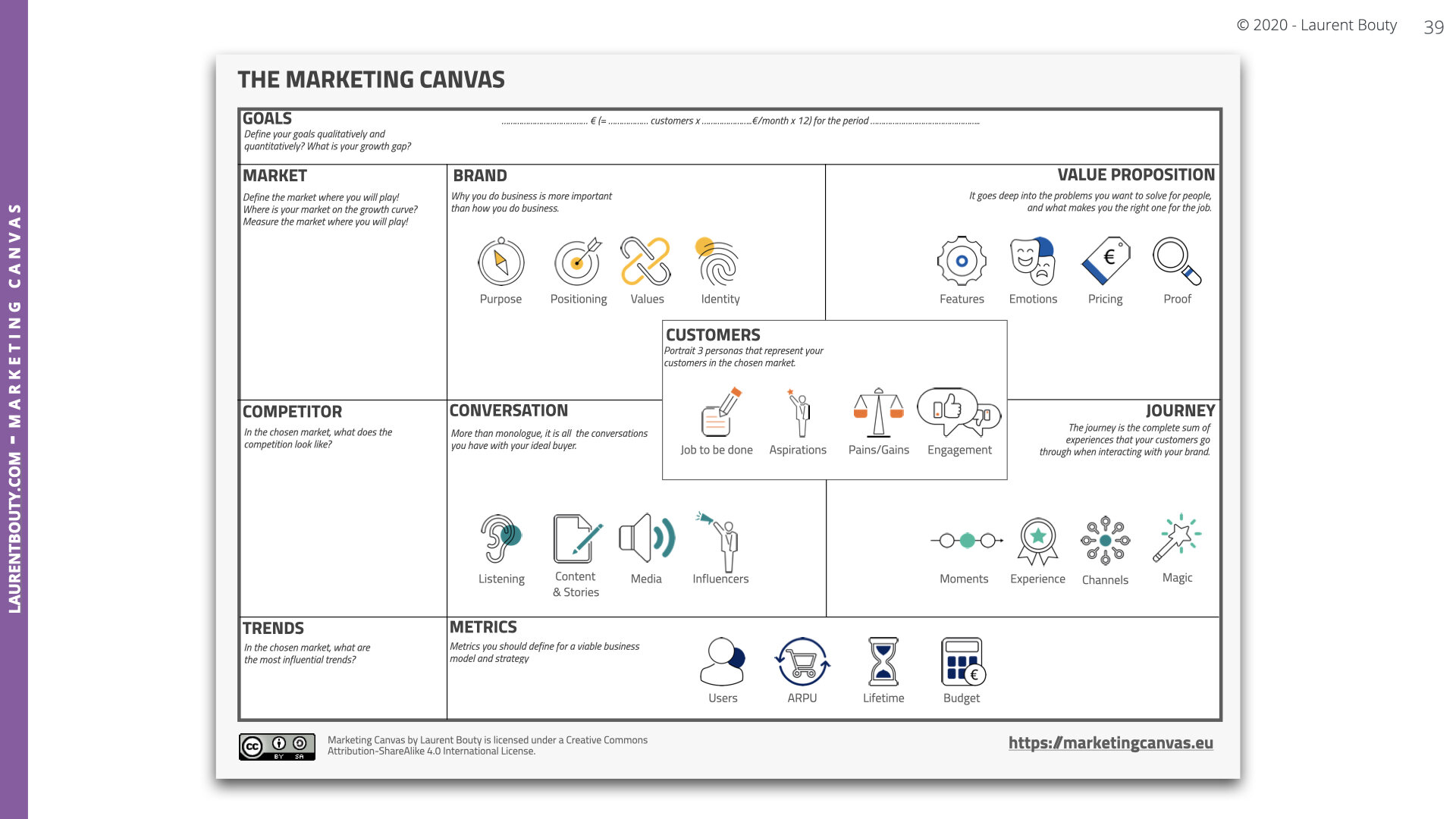
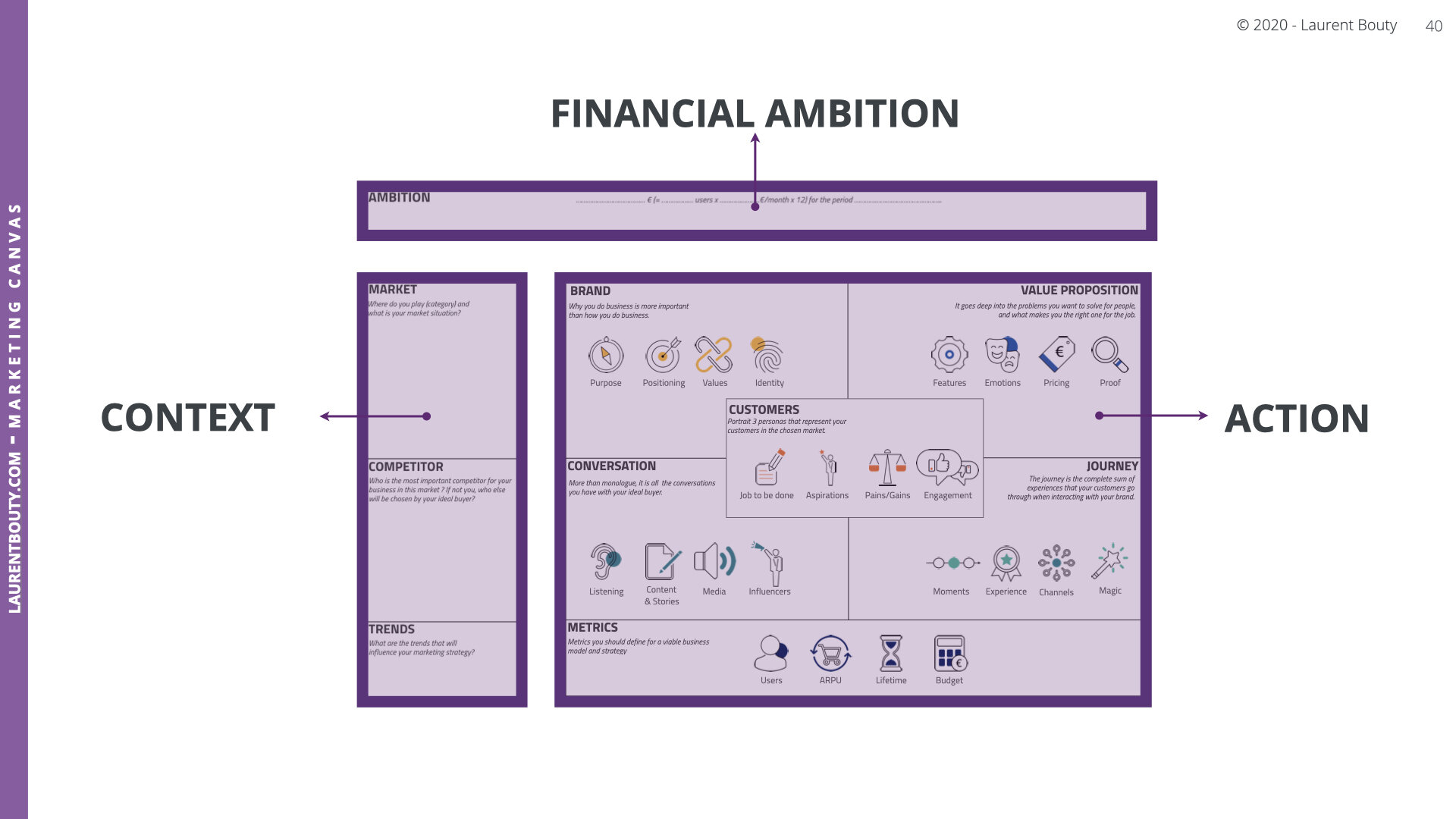
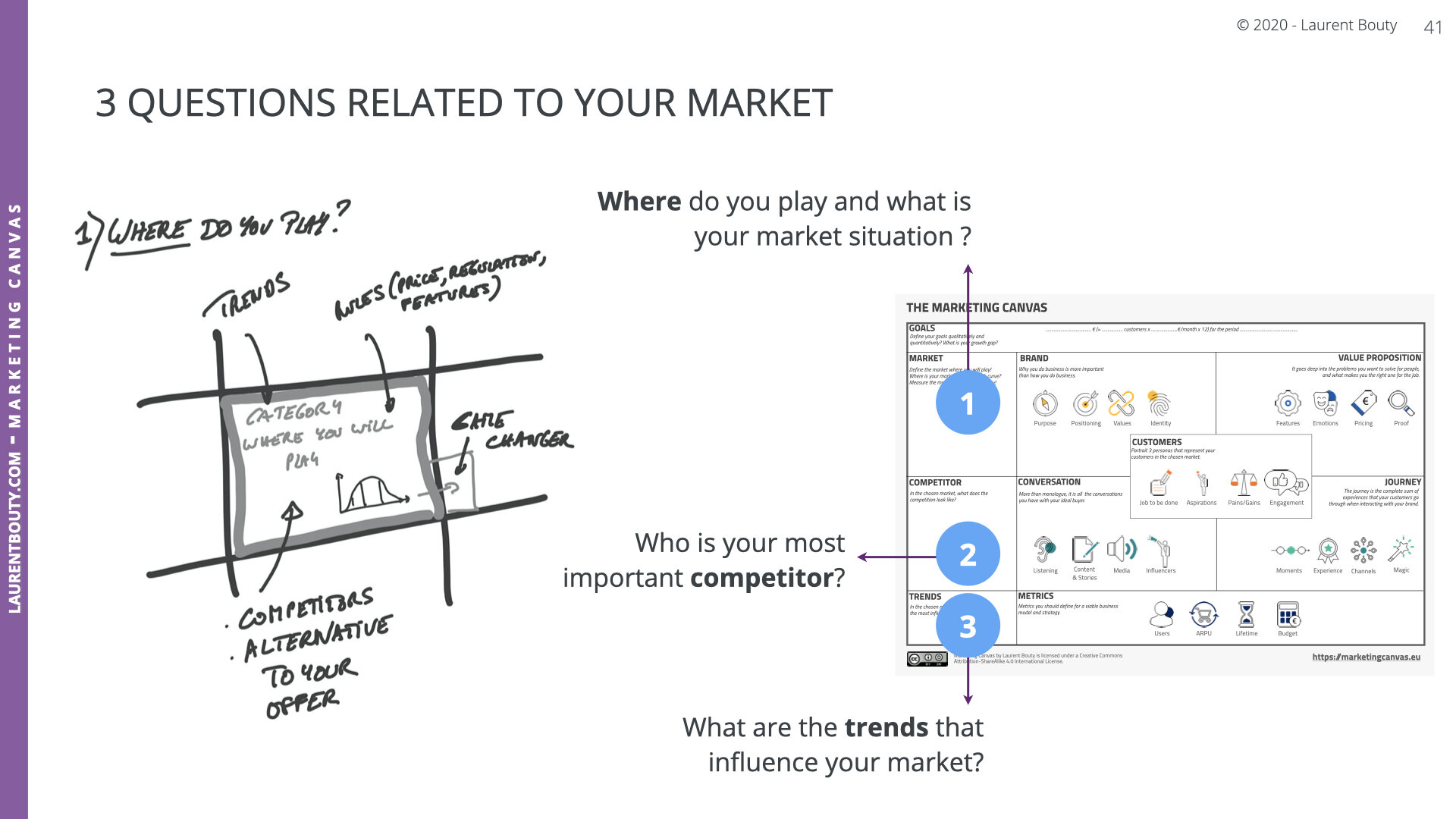
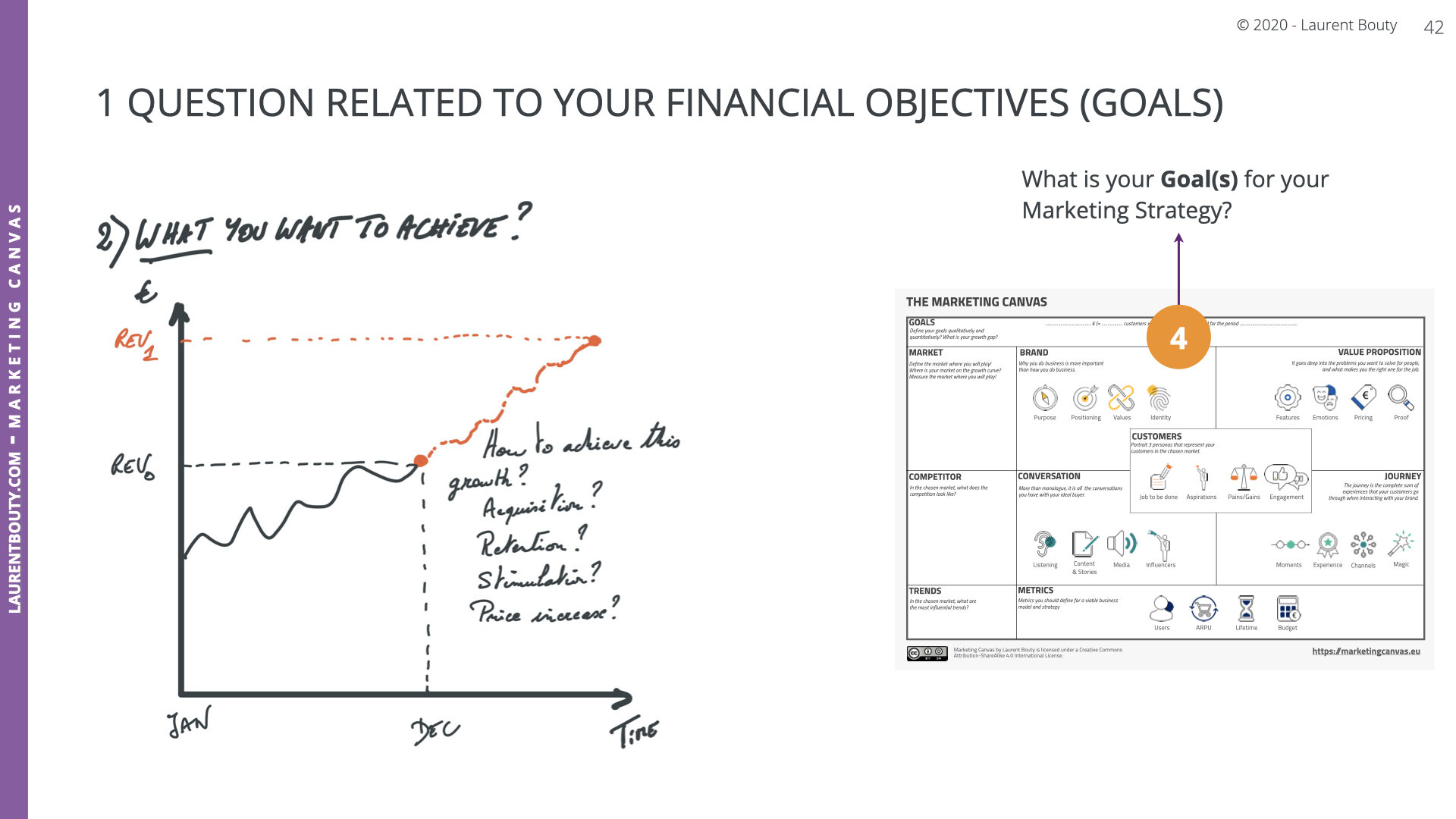
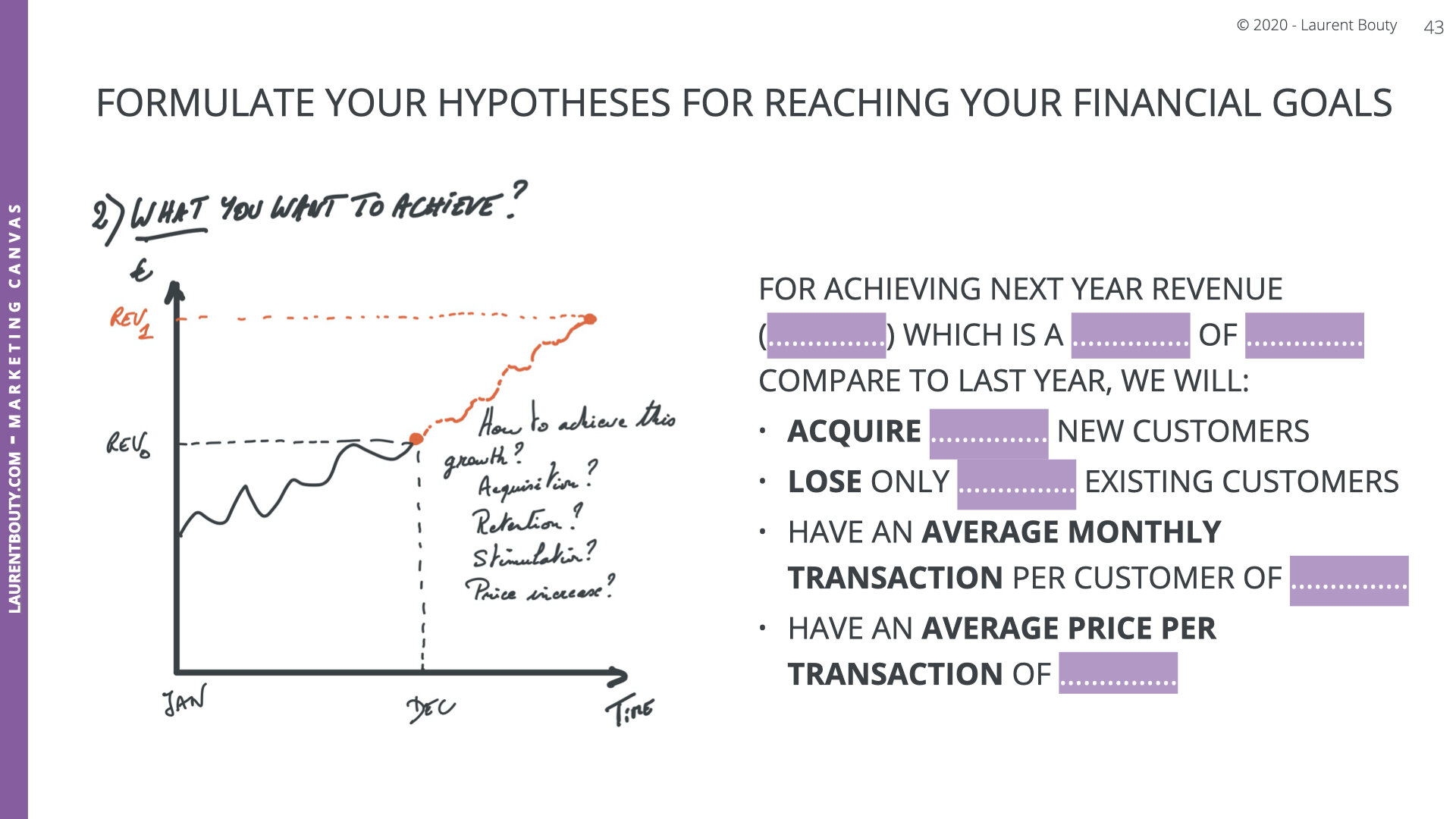
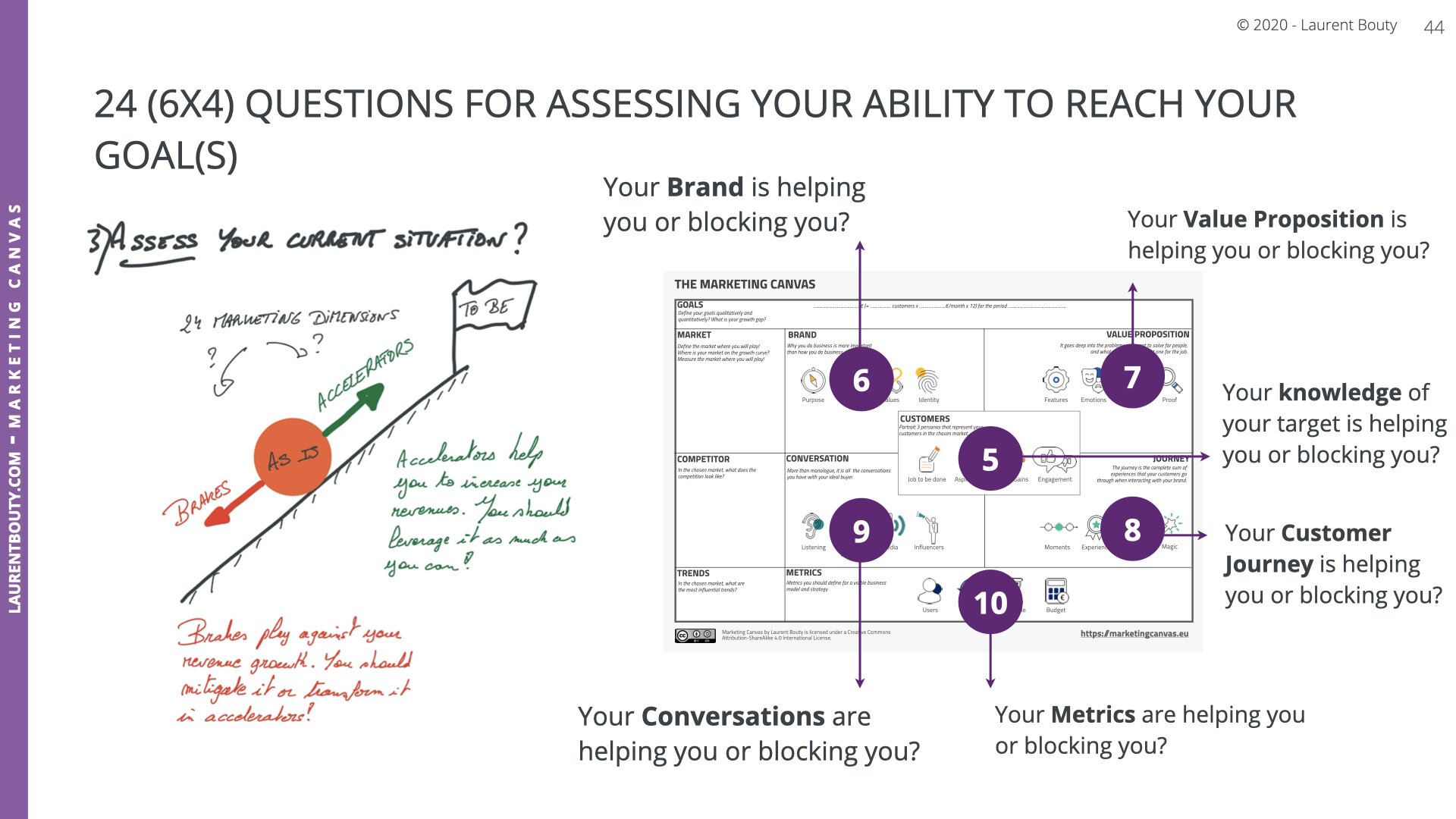
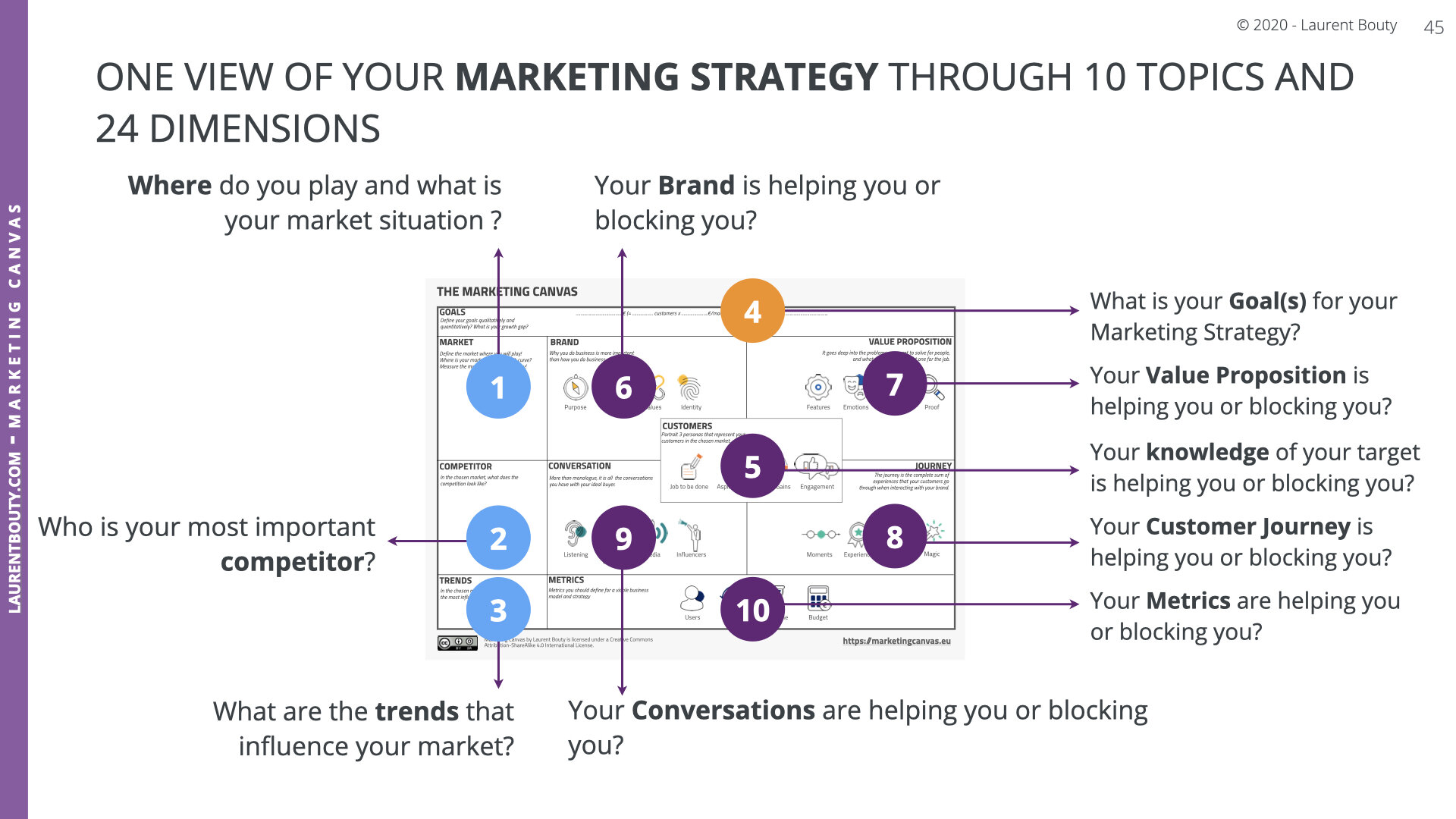
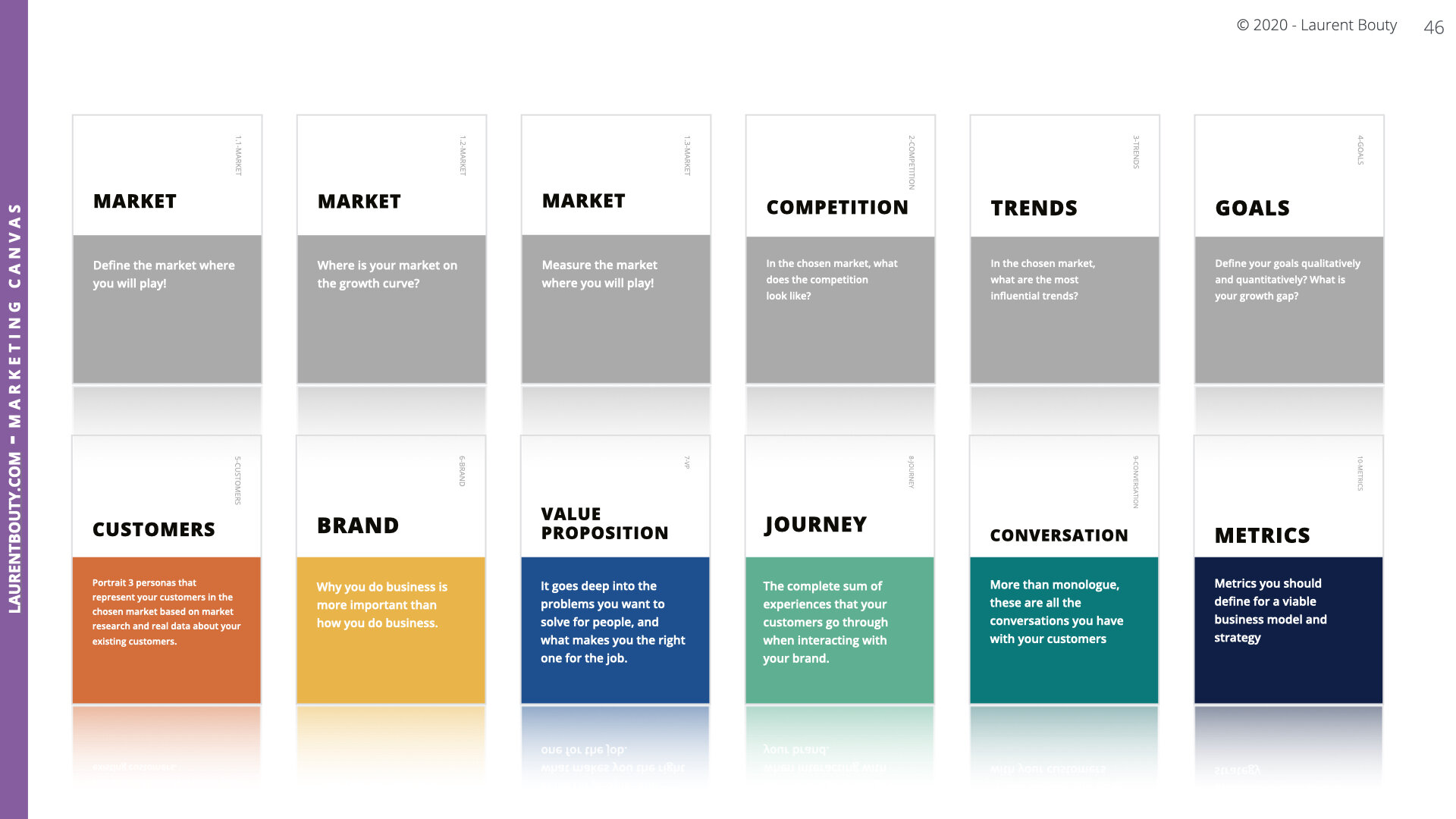
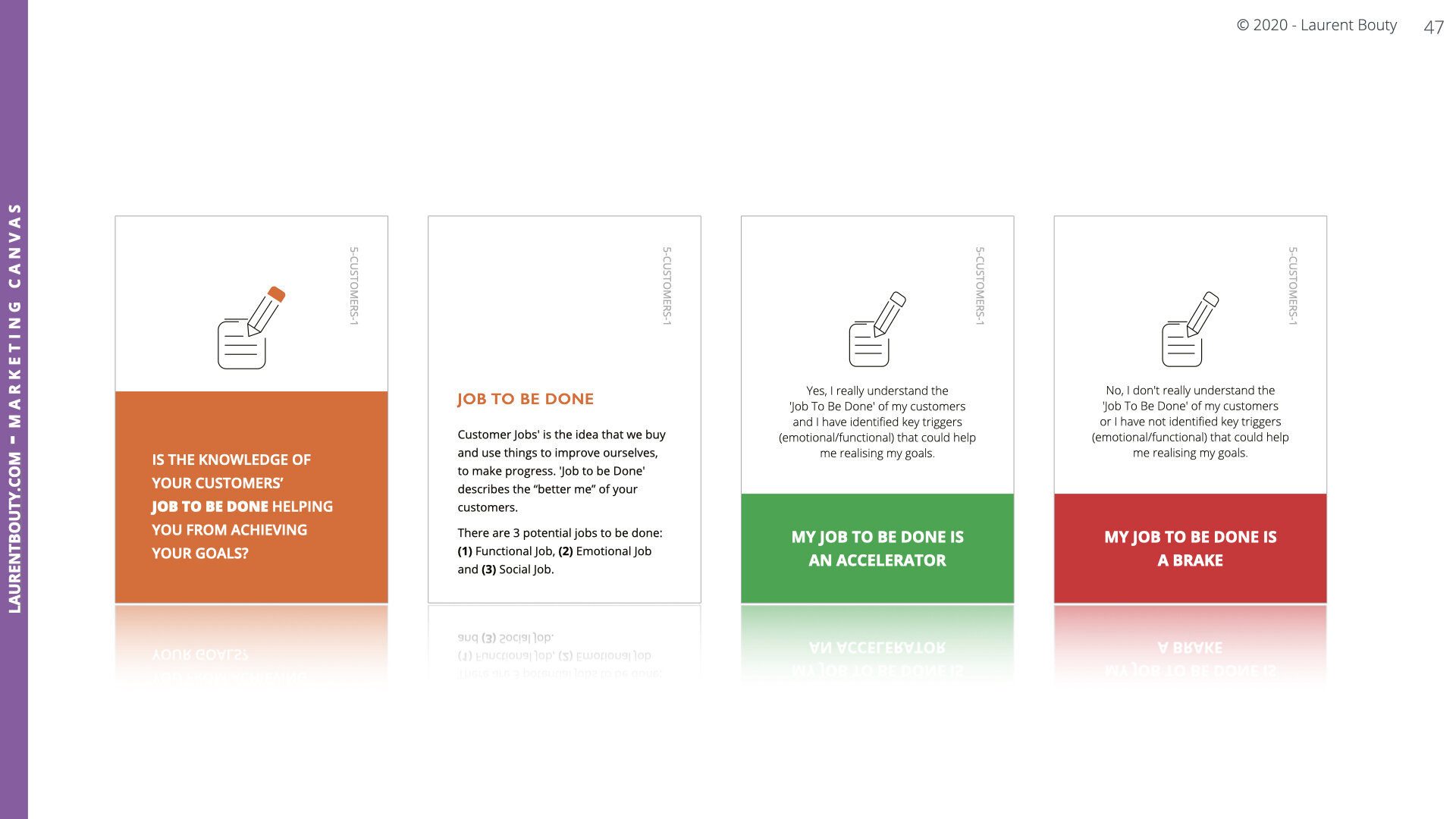
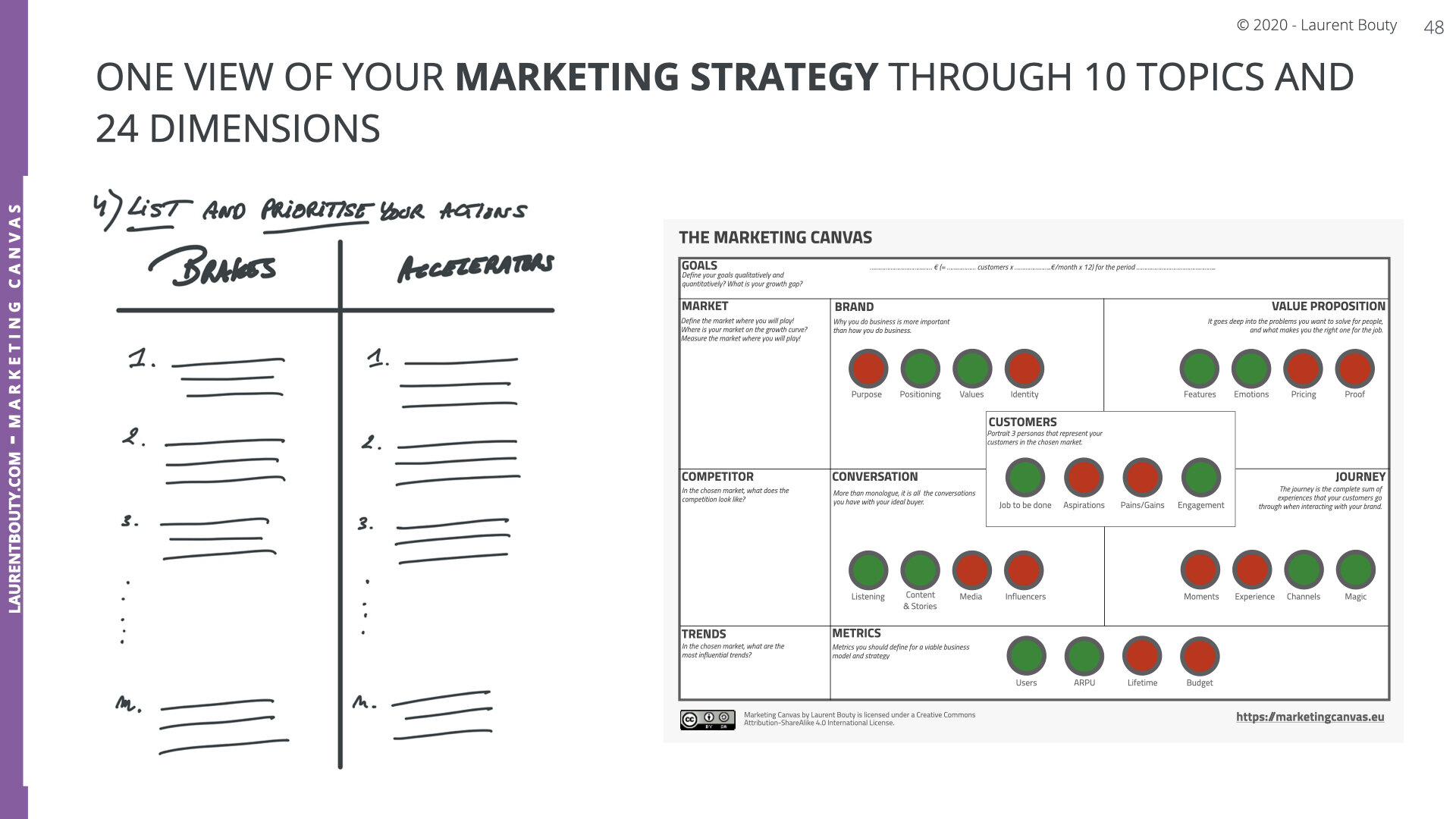
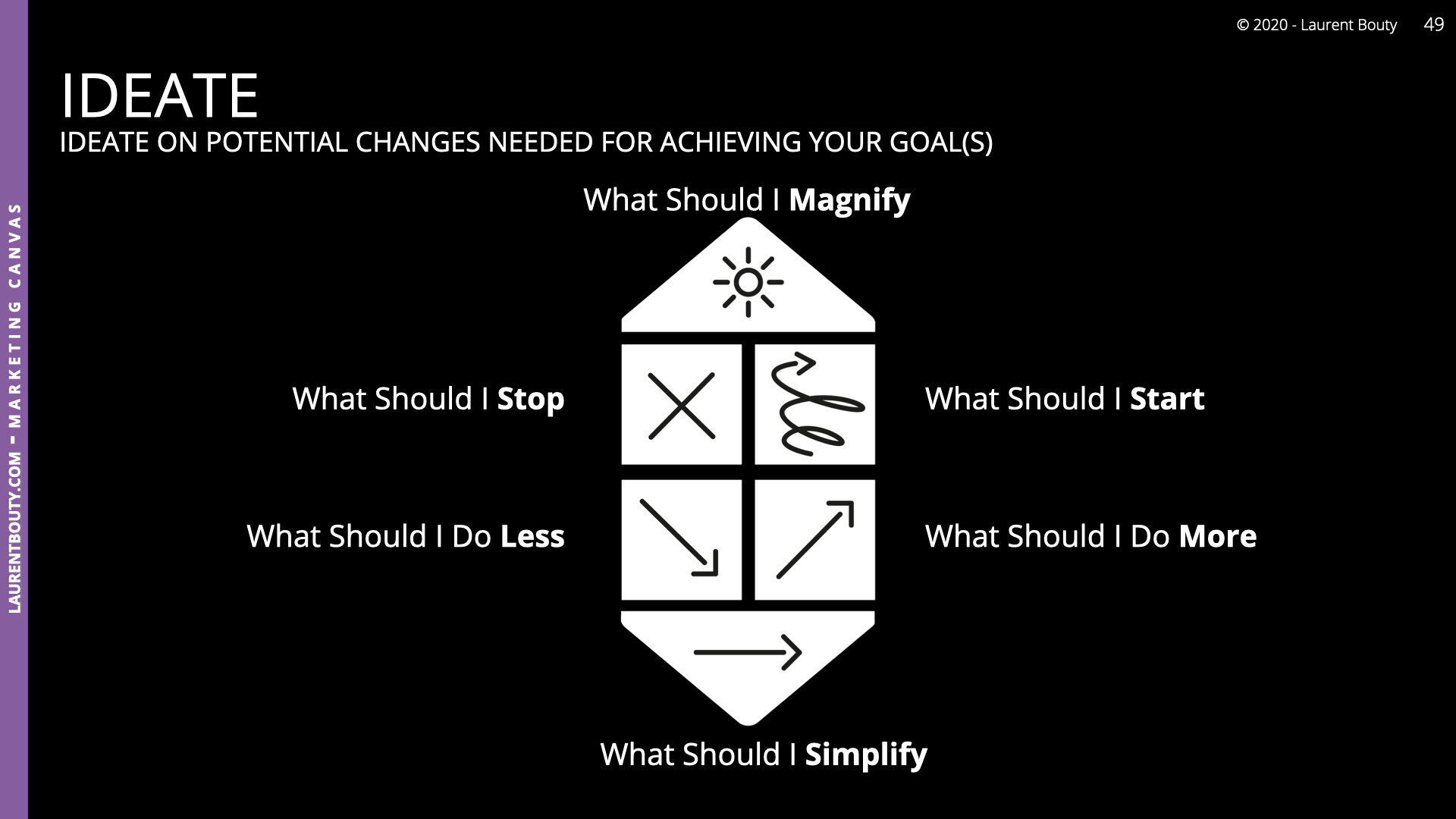
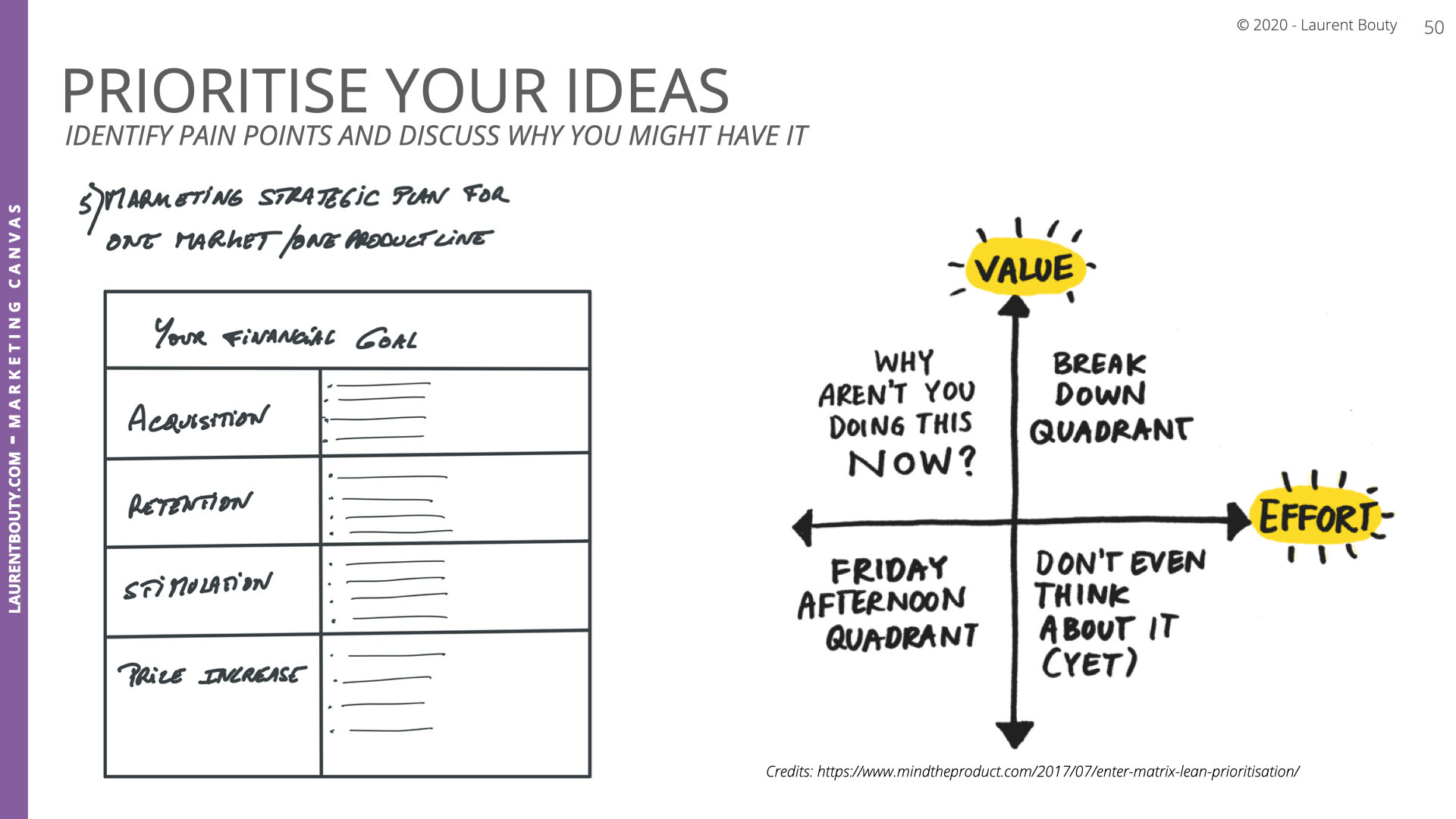
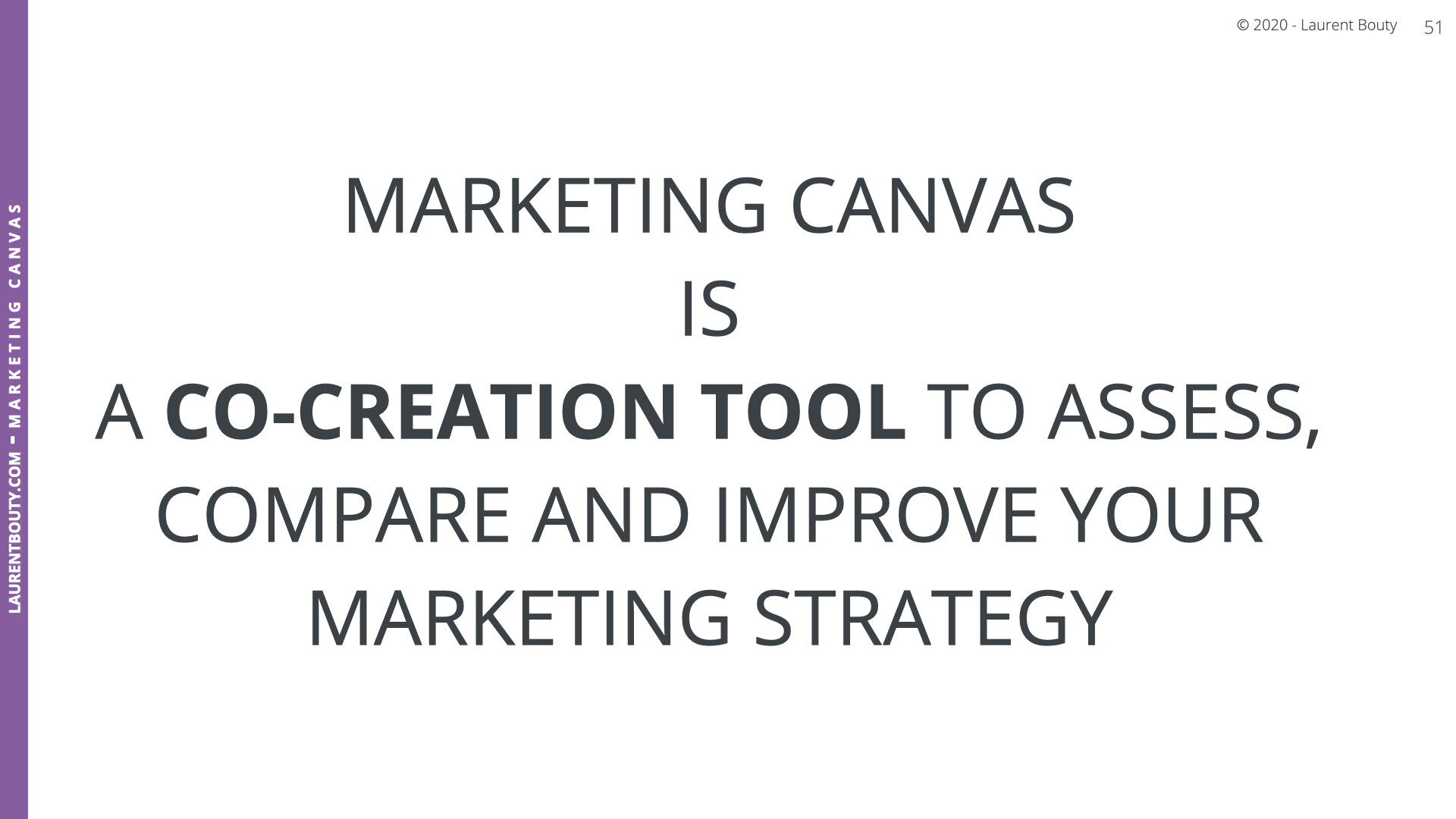

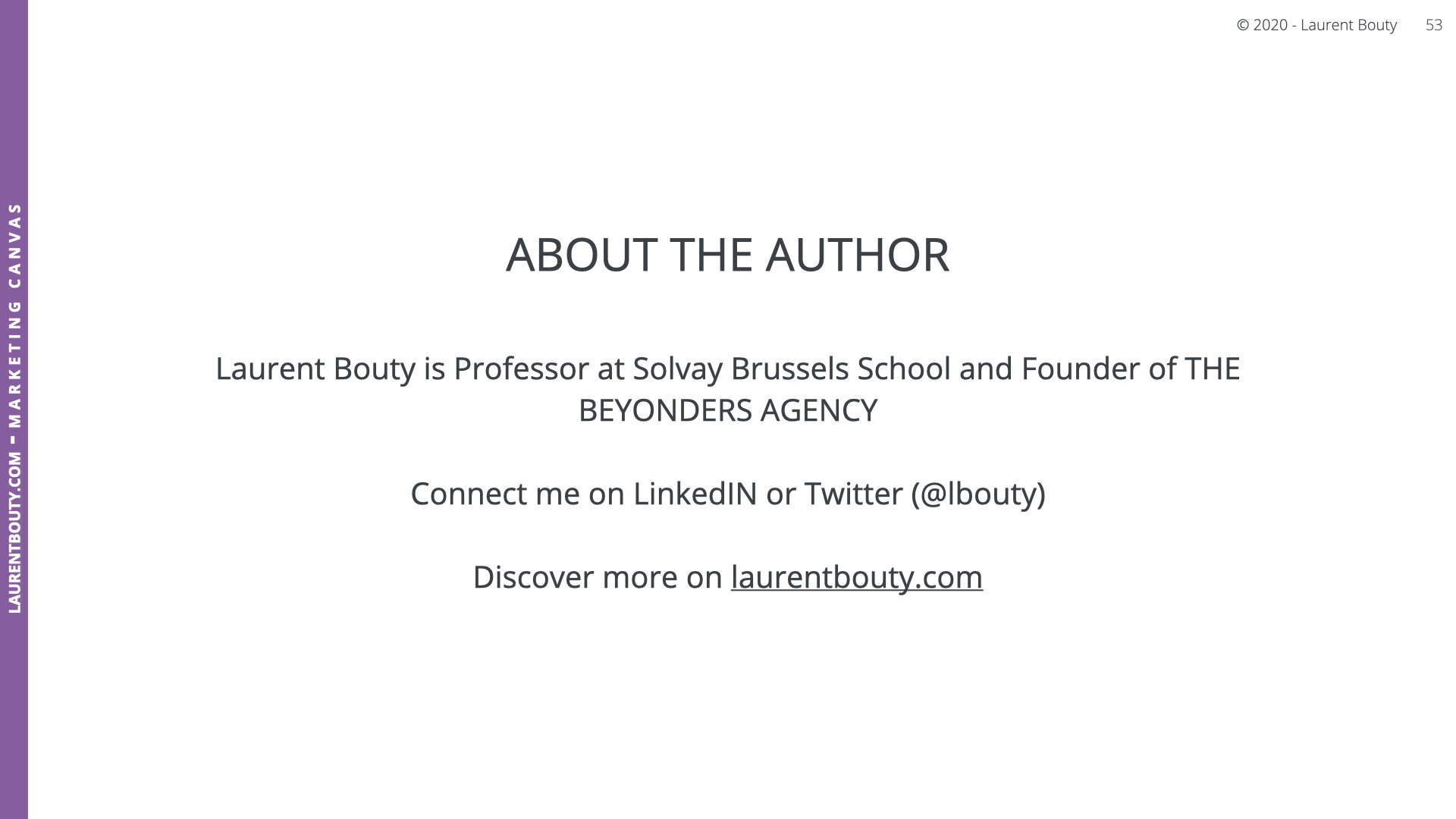
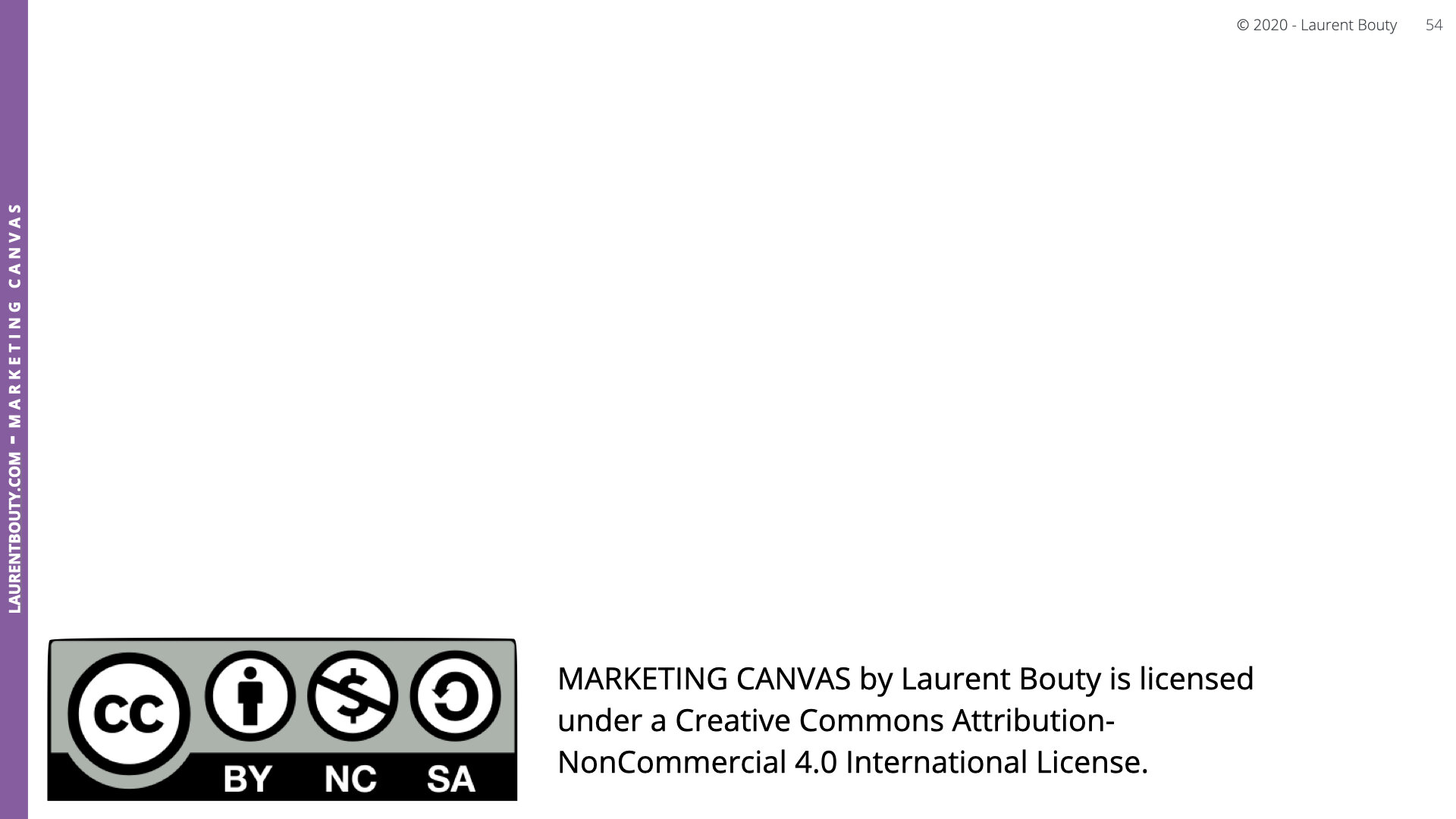
Download the pdf here
Marketing Canvas - Define your financial hypothesis
When working with the Marketing Canvas, It is important to formulate your financial goal(s) as an hypothesis (Step 2). The assessment that will be done afterwards (Step 3) is measuring your ability to reach this goal without changing your current strategy. It is therefore highly important that you clarify your hypotheses
Attention Economy
Marketing Canvas and Customers
When working on the Customers part of the Marketing Canvas, you are trying to identify relevant and actionable triggers (you can also call it insights) that you will try to leverage through the other dimensions of the canvas. We have 4 dimensions you can play with for identifying these triggers (JTBD, ASPIRATIONS, PAINS & GAINS, ENGAGEMENT).
Marketing Canvas - Step 2 - Set Your Goals
Marketing Canvas - Budget
Discover the importance of a well-structured marketing budget in our comprehensive guide. We delve into the critical role of budgeting within the Marketing Canvas method by Laurent Bouty. Learn how to track and manage marketing expenses, whether you're a multinational corporation or a budding startup. Understand the significance of budgeting in terms of industry benchmarks, and discover strategies to spend wisely. Our guide offers practical tools to translate your budget into action, from understanding your audience to tracking expenses effectively. Moreover, learn to evaluate and improve your budgeting practices with our score-based self-assessment. Lastly, get inspired by a real-life example of green clean use case. Whether you're a marketing novice or an entrepreneur seeking new insights, this article offers an essential exploration of the powerful tool that is your marketing budget.
Marketing Canvas - Lifetime
The Marketing Canvas is a framework that identifies 6 main categories for building a marketing strategy: Customers, Brand, Value Proposition, Journey, Conversation, and Metrics. Lifetime is one of the 4 dimensions of the Metrics category, which is important for measuring customer retention. Customer churn rate, which measures the percentage of customers who discontinue using a company's product or service, is a critical metric for companies to monitor.

































